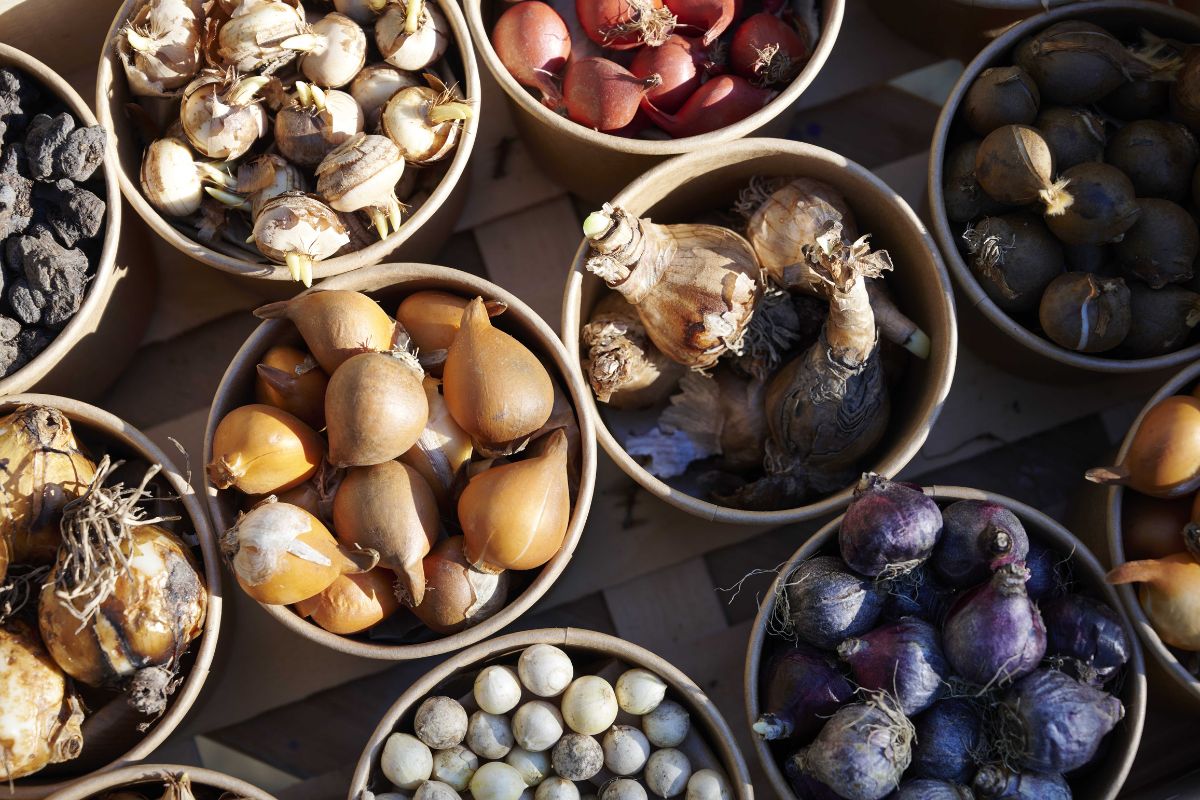
A Bulb By Any Other Name
Table of Contents
What is a Bulb?
The general name ‘bulb’ is used to describe a modified stem or root that is in the resting (in its dormant) stage. They usually consist of a large fleshy mass that may have a papery coating. Bulbs store nutrients in the form of sugars and starches to get the next set season stems, leaves, and blooms growing. But did you know that not all bulbs are true bulbs? In fact, they may be corms, tubers, or rhizomes. For a keen gardener, it is good to know the differences so that you can better understand how to grow, divide and care for your plants.
What are the types of bulbs?
Bulbs
Bulbs have layers like an onion or scales like a lily, that store the nutrients and have everything they need to produce the next season’s stems and blooms. Common true bulbs are: tulips, narcissus, hyacinths, alliums, onions, ismenes, lilies, and nerines. They multiply by dividing underground and producing daughter bulbs.

Tulip 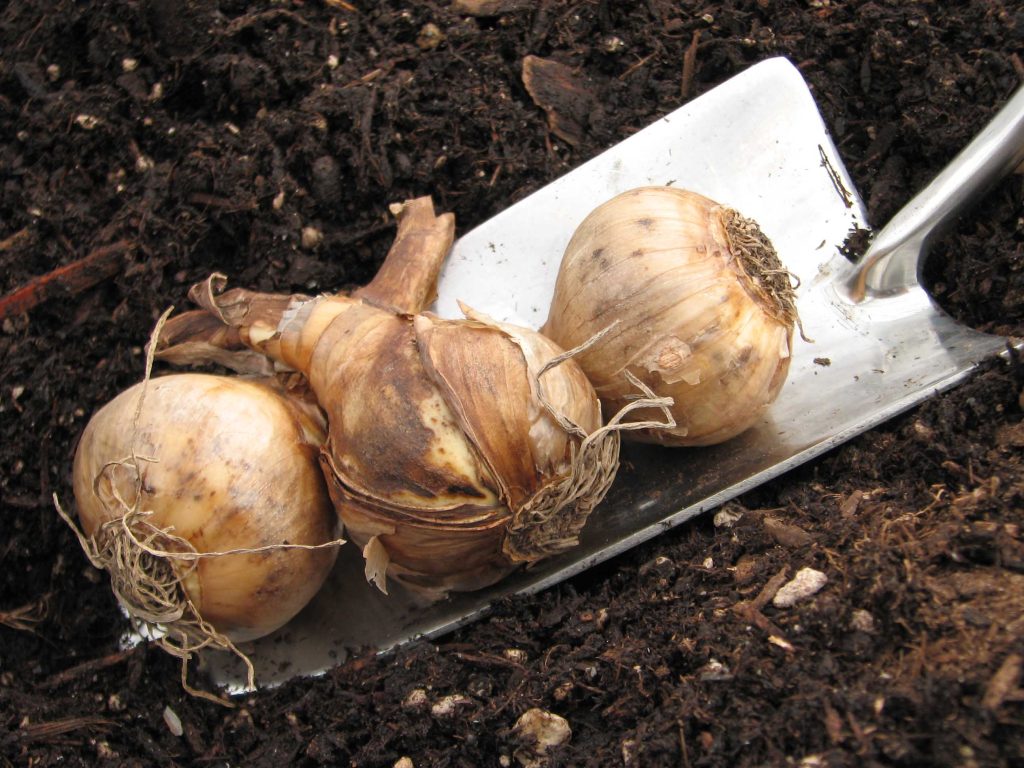
Narcissus 
Hyacinth 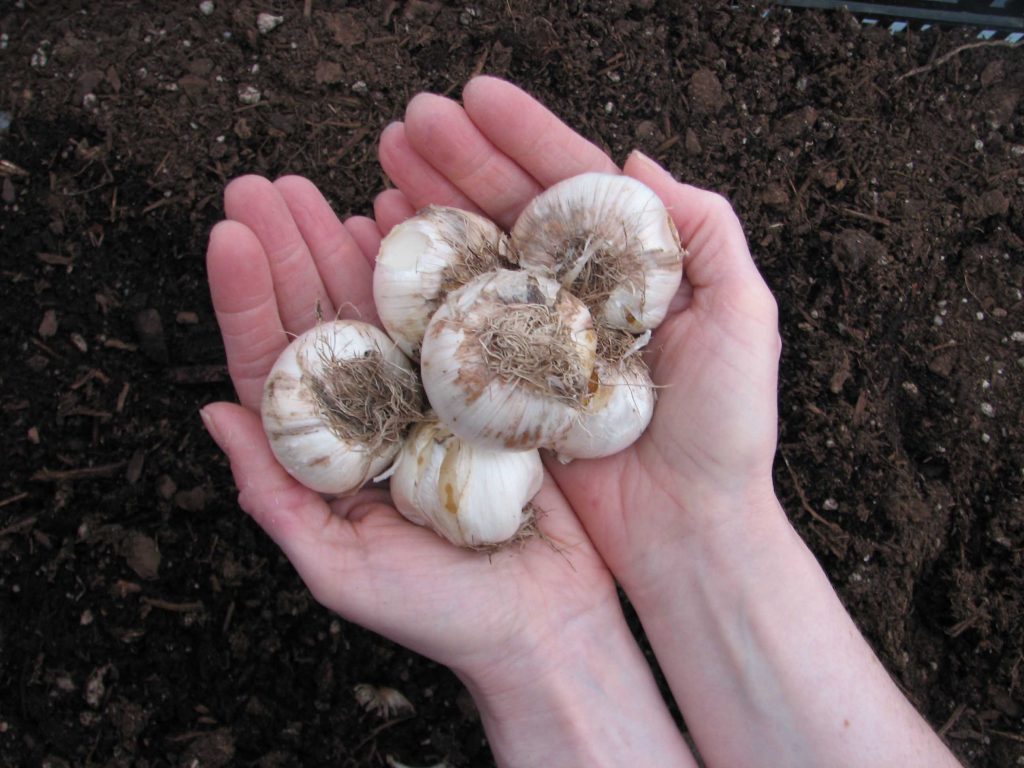
Allium 
Lilium
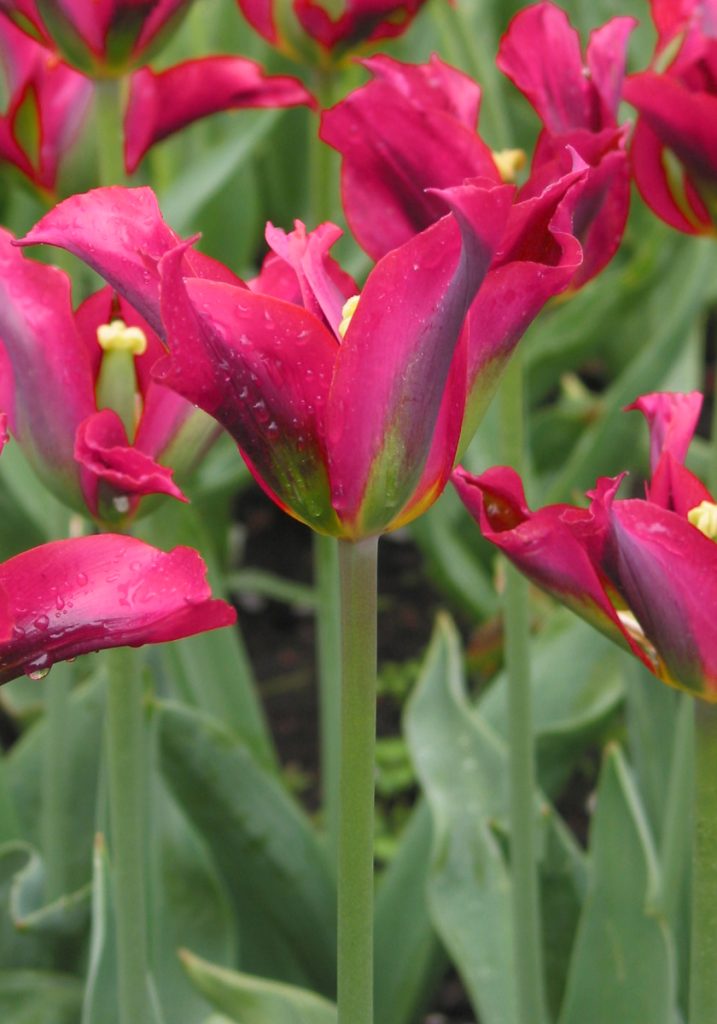
Tulip 
Narcissus 
Hyacinth 
Allium 
Onion 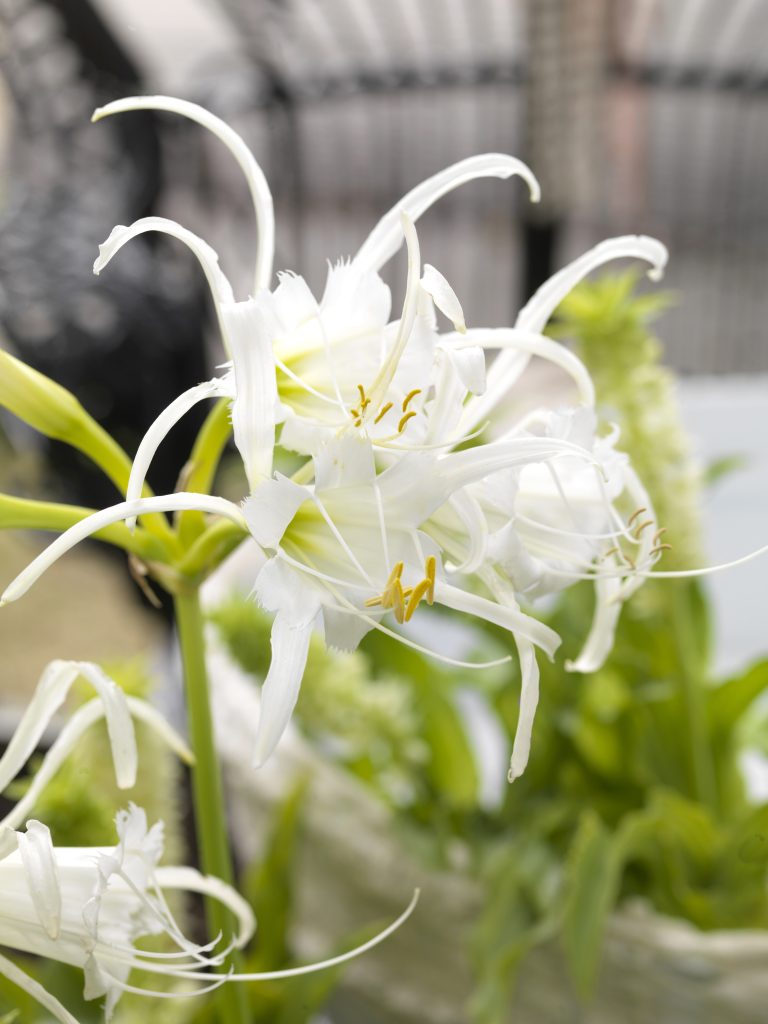
Ismene 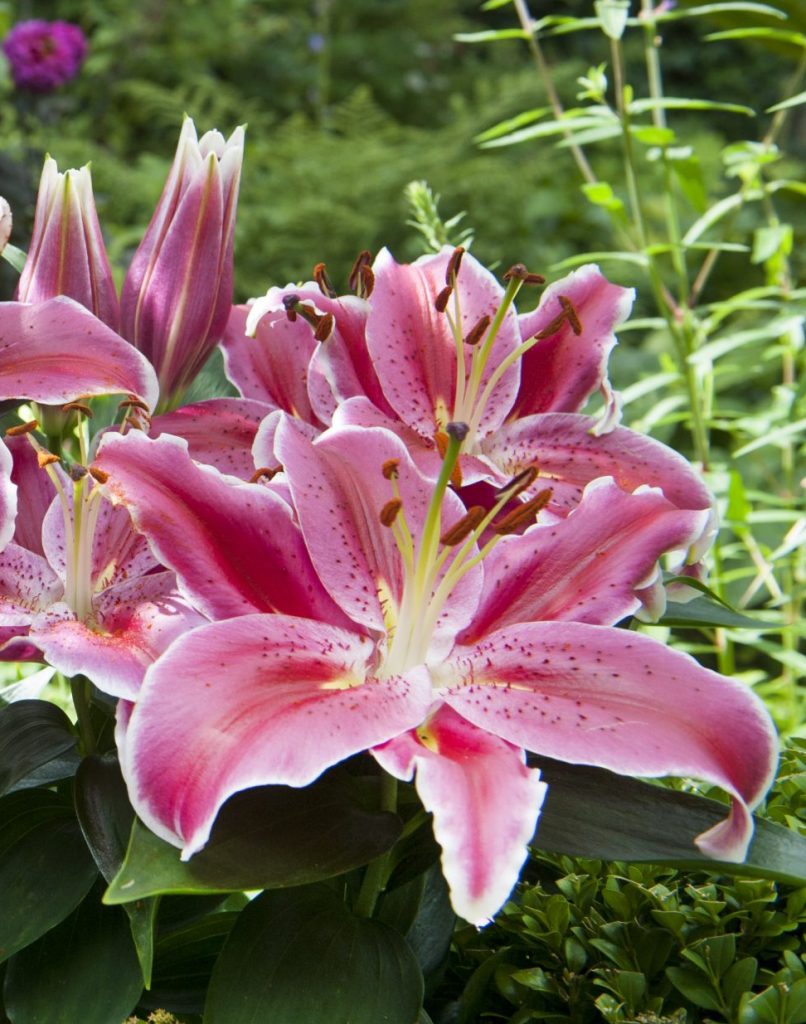
Lilium 
Nerine
Corms
Corms are different than bulbs – they have a solid storage mass instead of thick rings or scales, and they are typically coated with a papery or fibrous outer layer. Typical corms are: crocus, anemones, gladiolus, and callas (zantedeschia). During the growing season, main plant absorbs the nutrients of the planted bulb and produces bulblets in the soil at the base of the growing stems.

Crocus 
Anemone 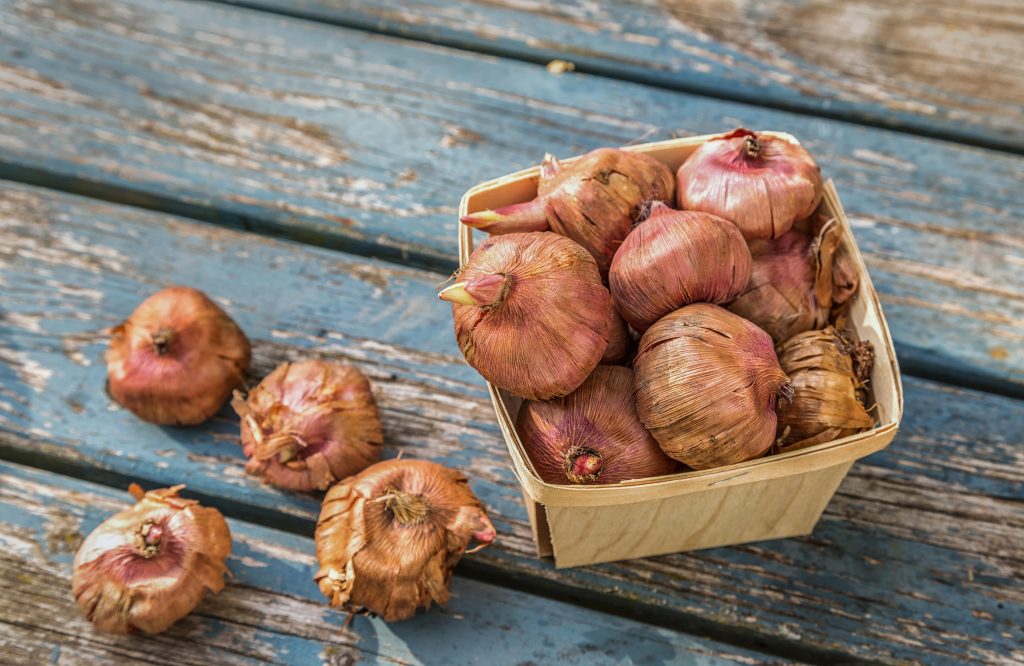
Gladiolus 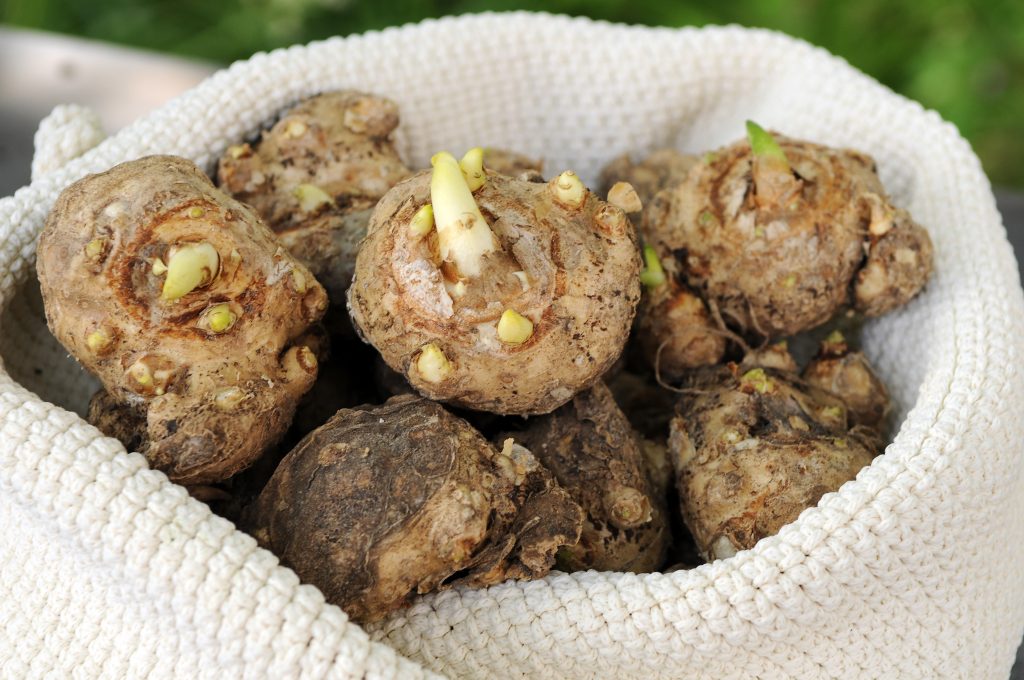
Calla (Zantedeschia)
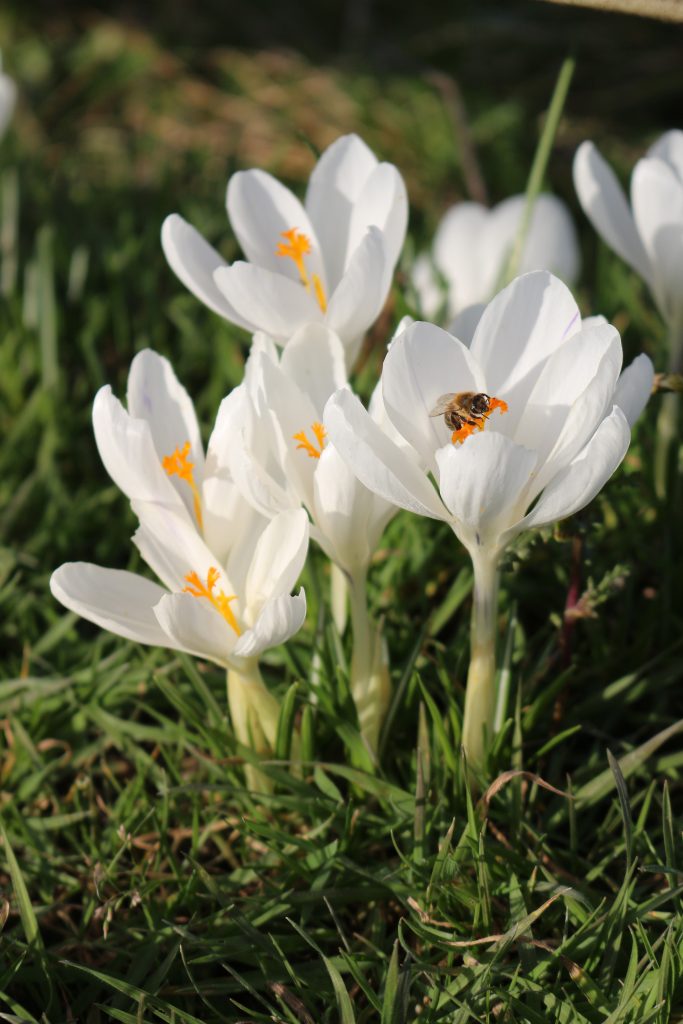
Crocus 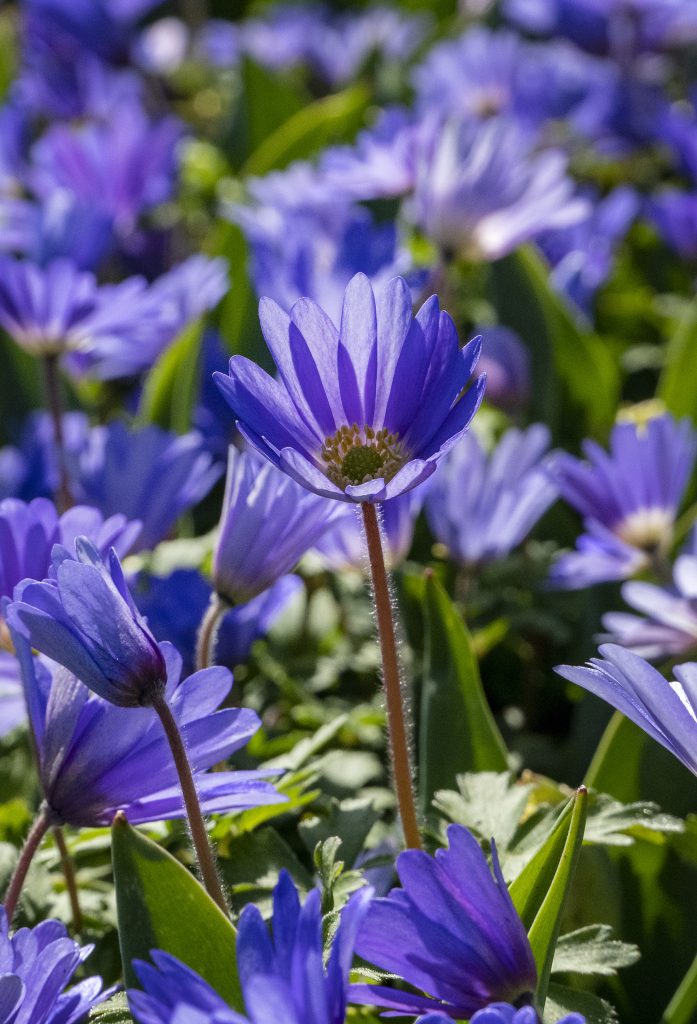
Anemone 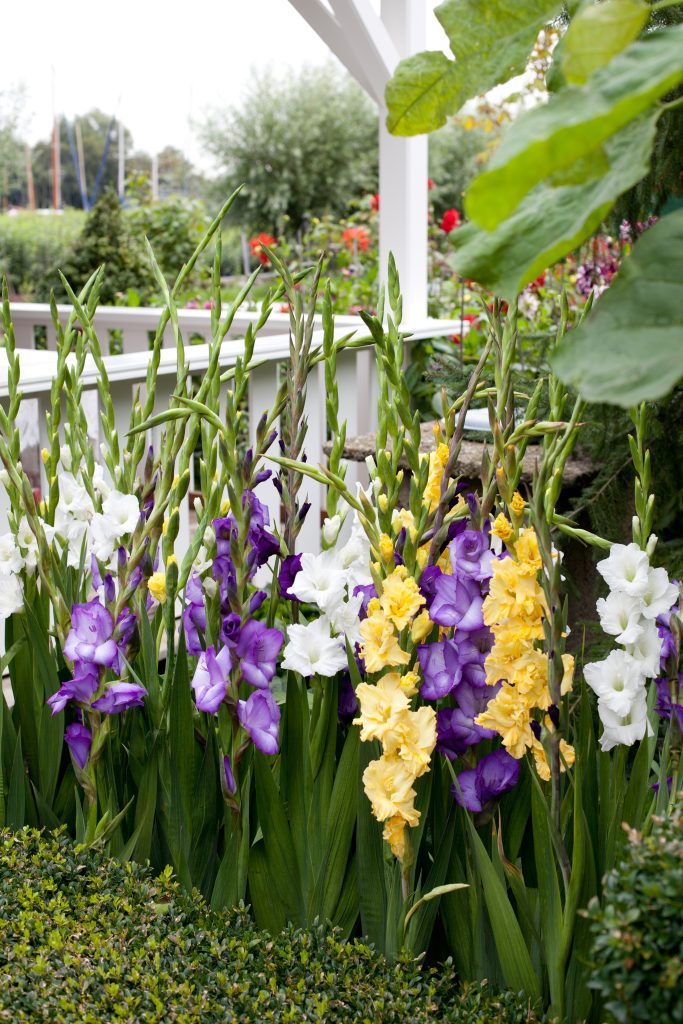
Gladiolus 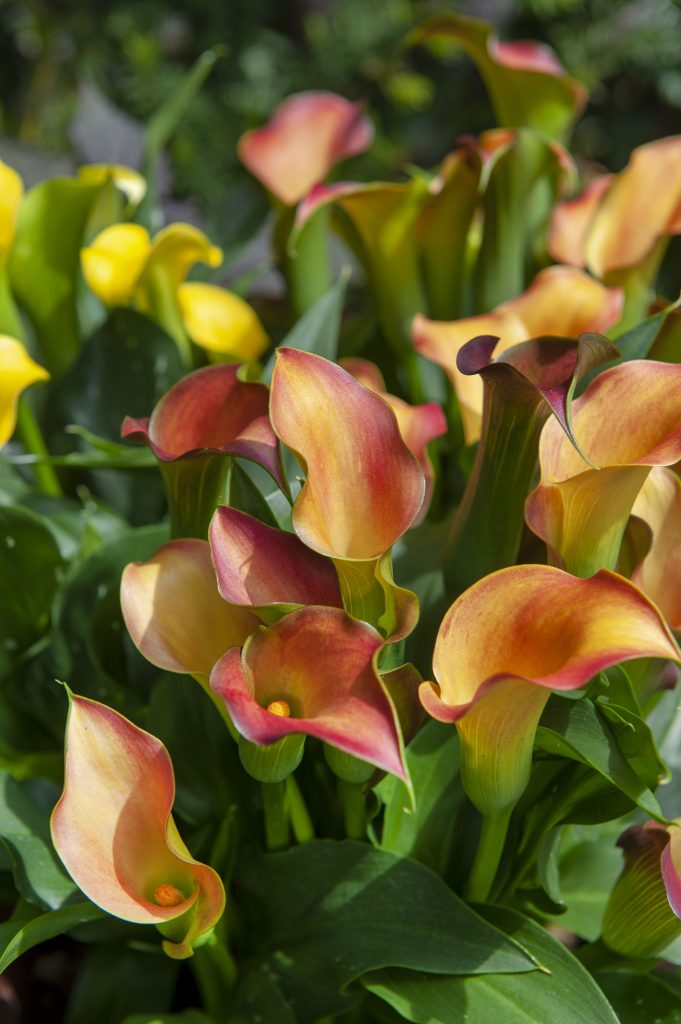
Calla
Tubers
Tubers store nutrients in the dormant stage in specialized stems or roots. The plant grows from buds or eyes, like a potato or dahlia. You can divide a tuber as long as there are buds on each part to start growing and producing the plant. Common tubers are: begonias, dahlias, ranunculus, and potatoes. At the end of the growing cycle, you will have more or larger tubers.
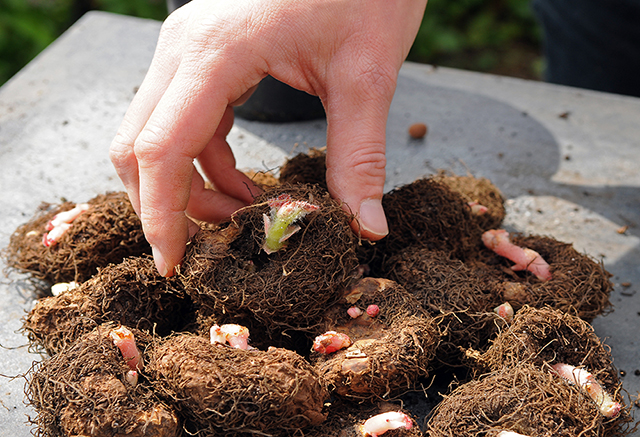
Begonia 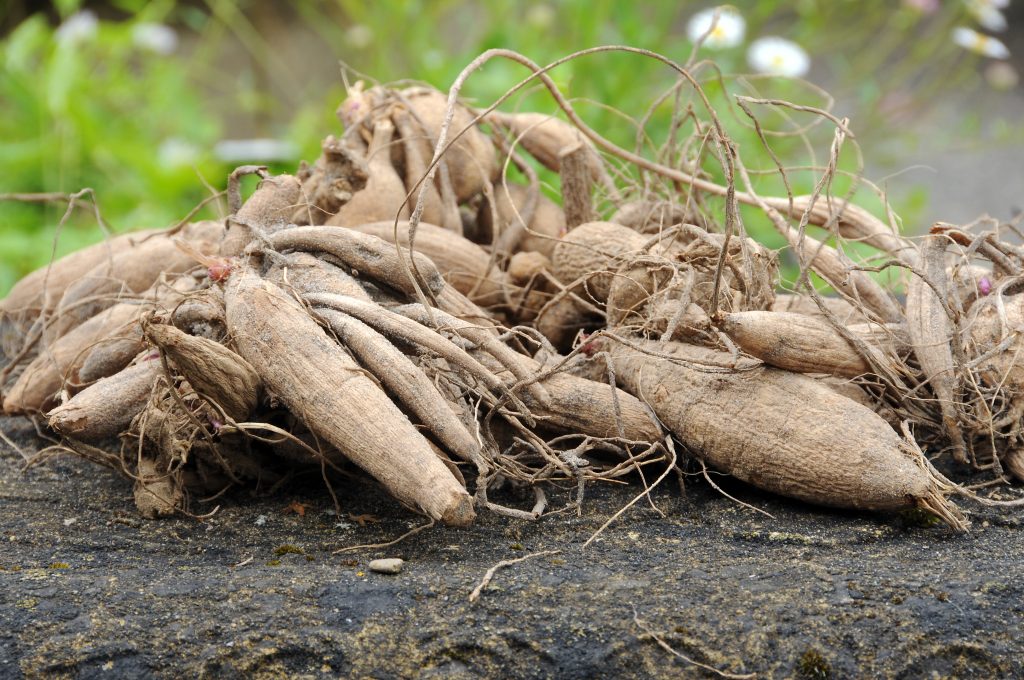
Dahlia 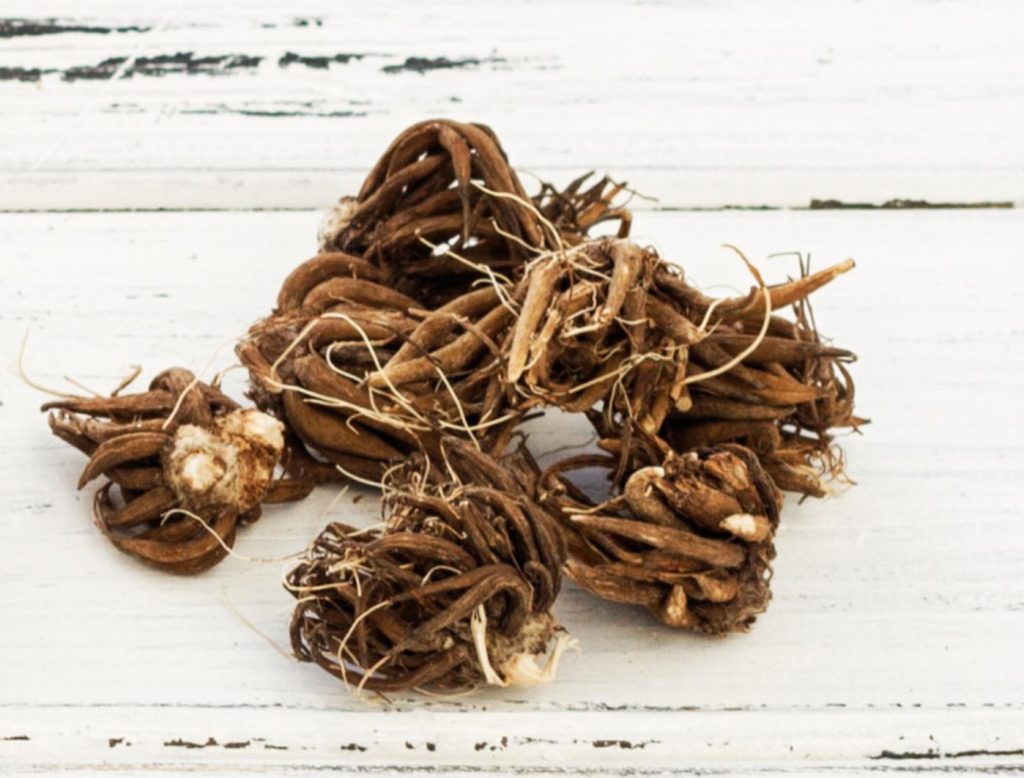
Ranunculus 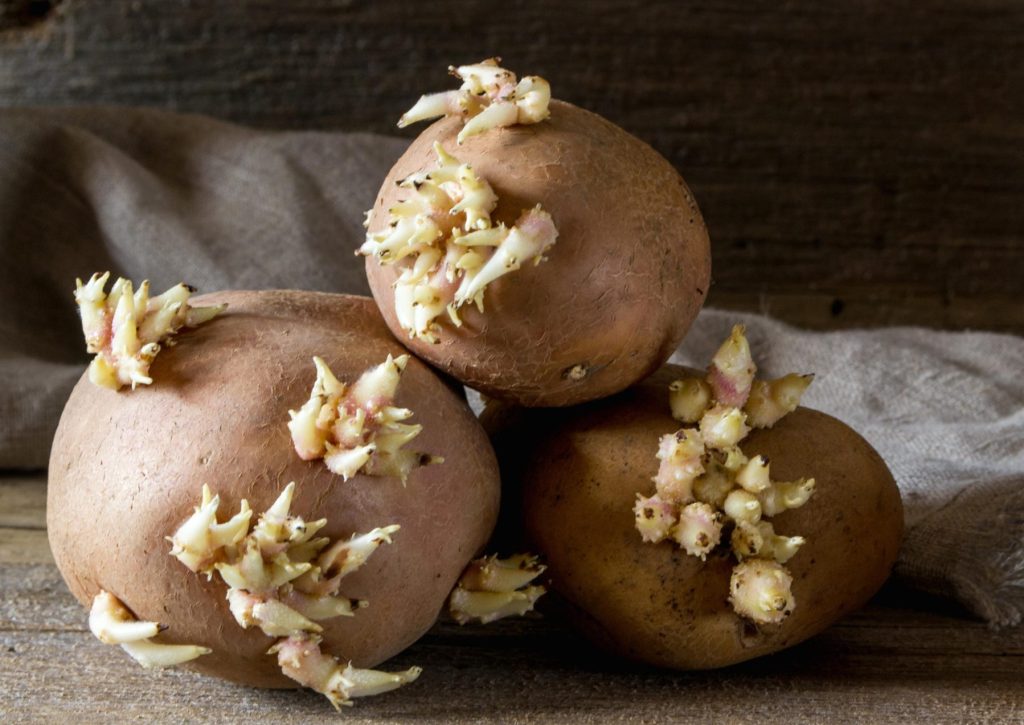
Potato
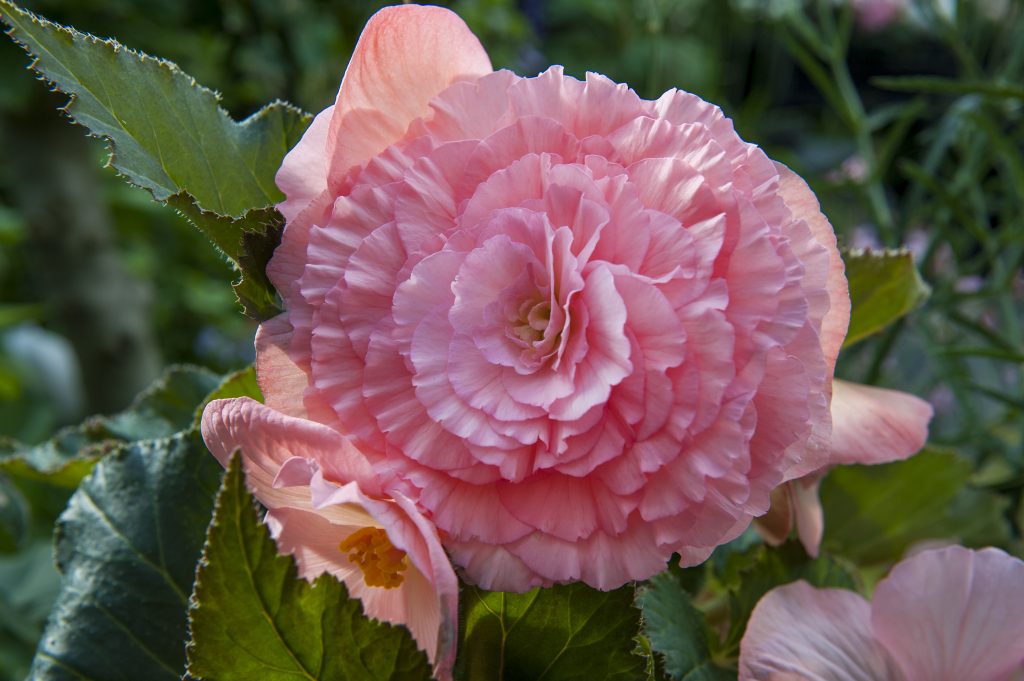
Begonia 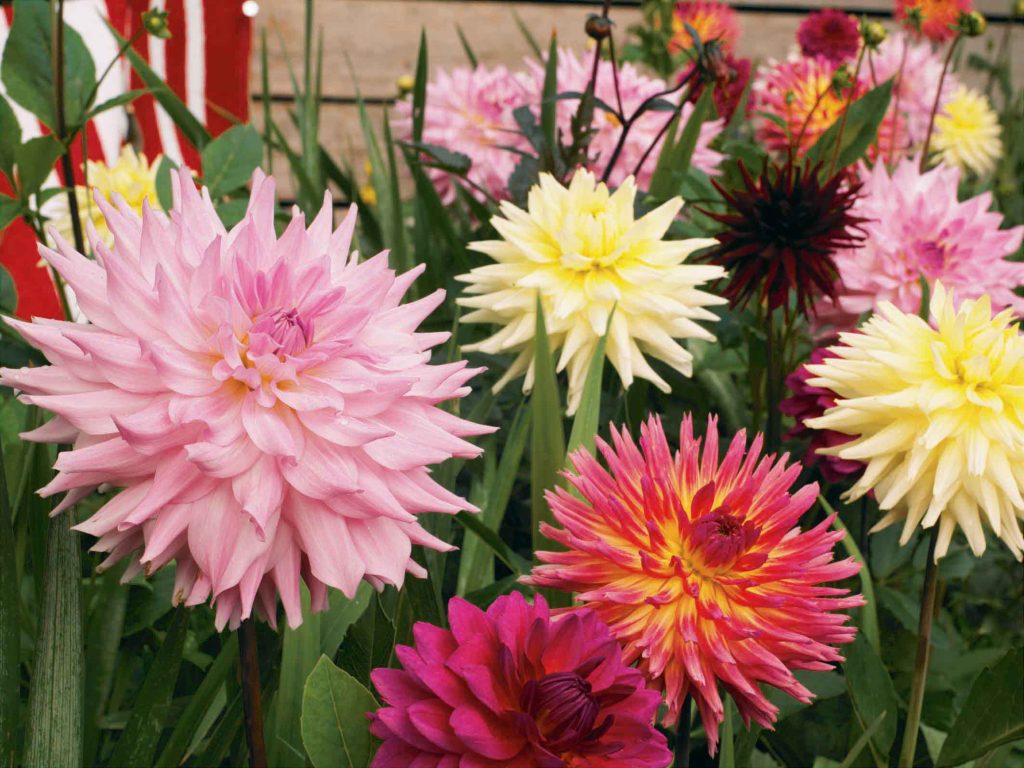
Dahlia 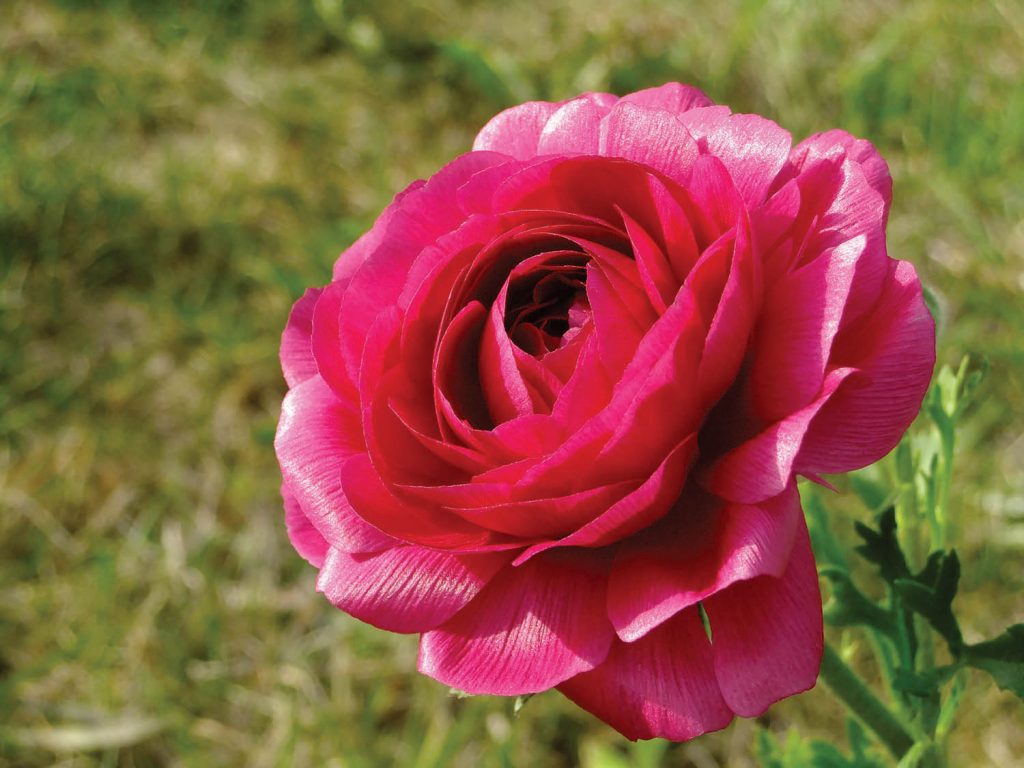
Ranunculus 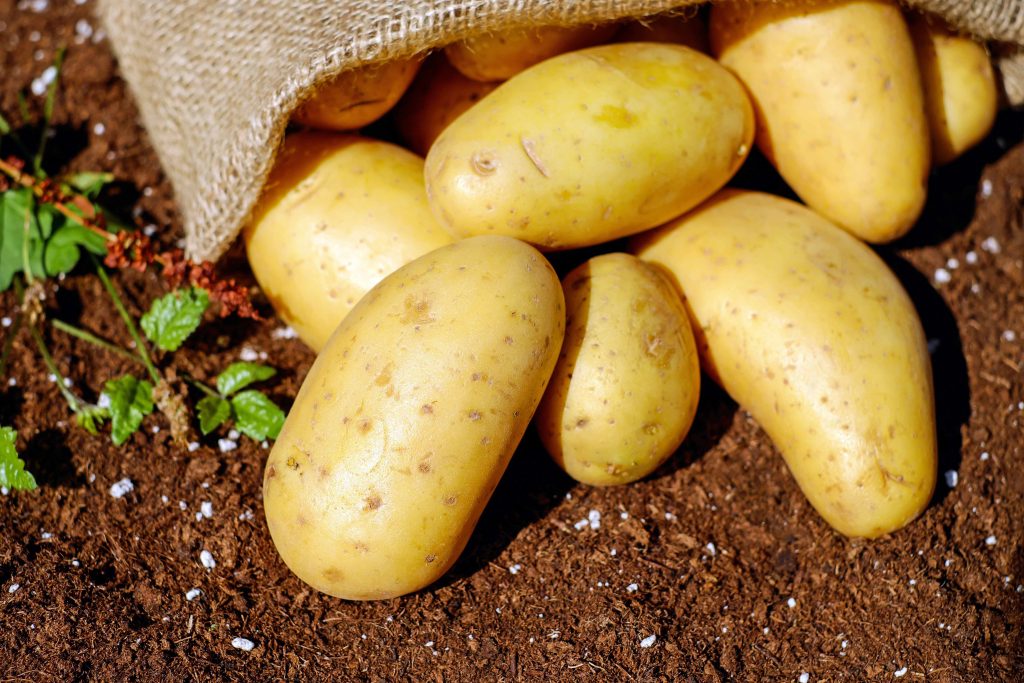
Potato
Rhizomes
Rhizomes are modified thickened stems that grow horizontally. Growing buds appear along the rhizome and not just the ends. Some common rhizomes are: cannas, convallaria, iris germanica and ginger. At the end of the growing cycle, you will have more rhizomes that you can divide.

Canna 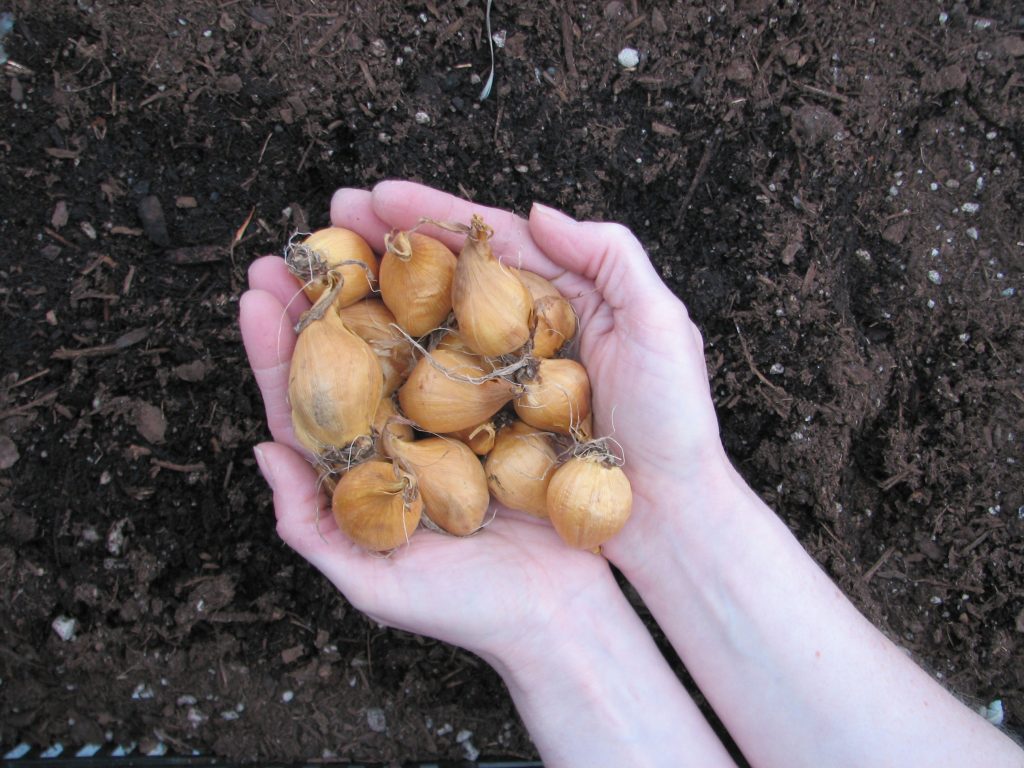
Iris germanica 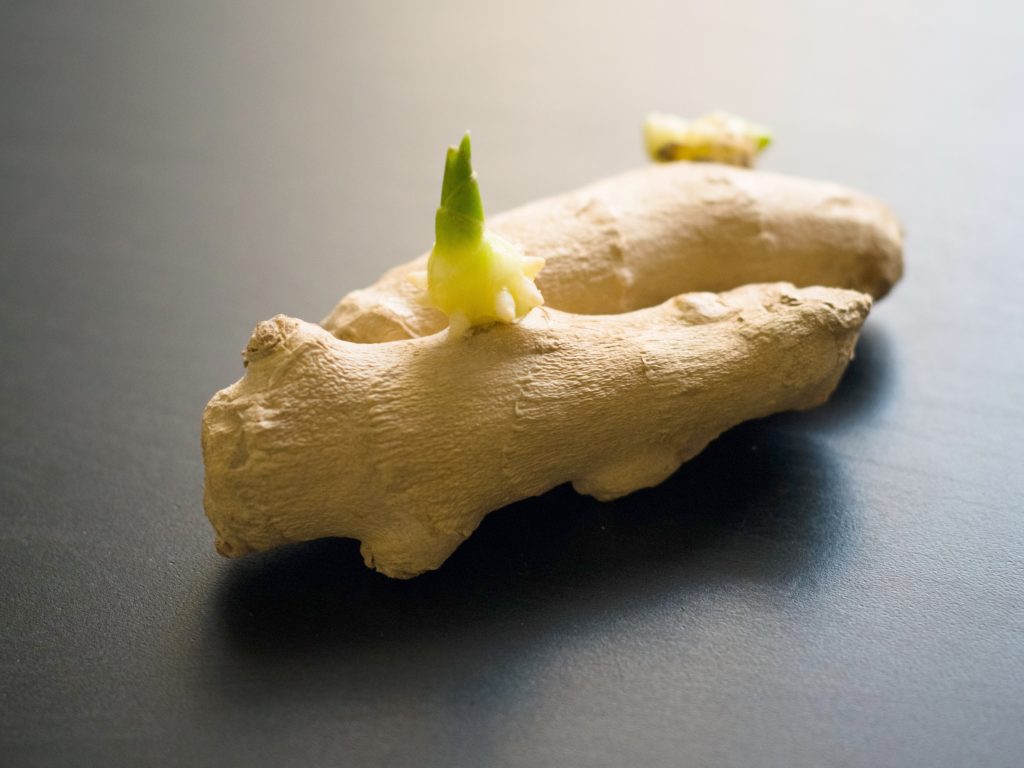
Ginger 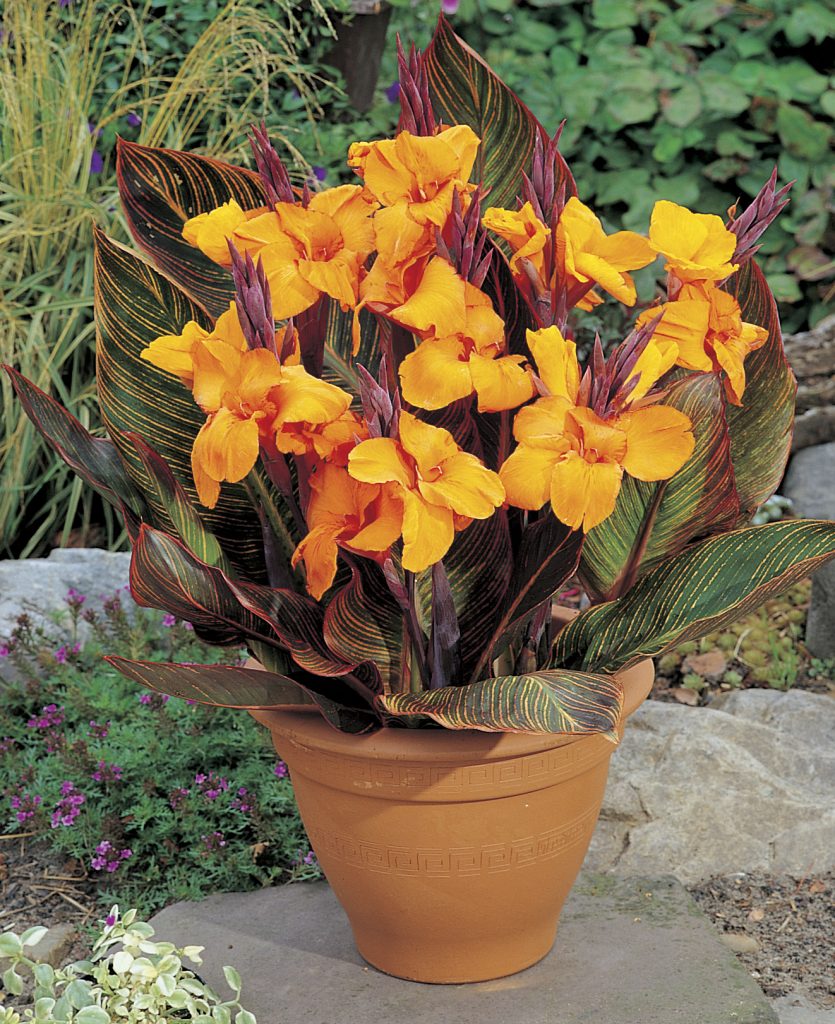
Canna 
Iris 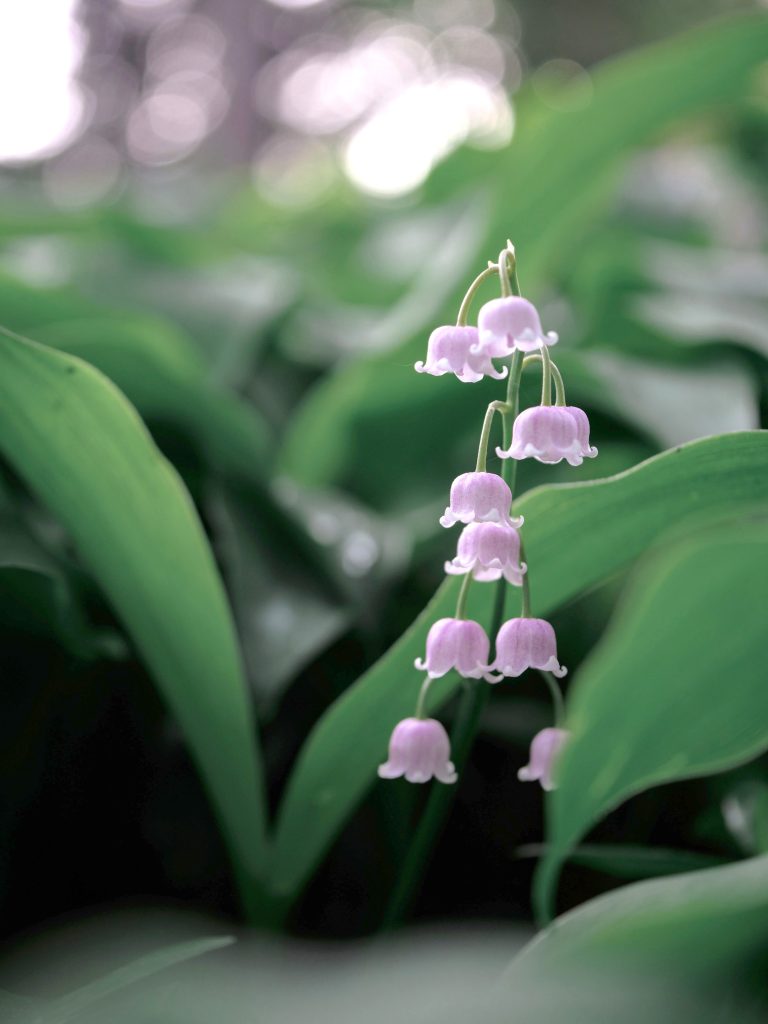
Convallaria
What makes bulbs different than seeds?
Bulbs are living organisms – they have everything they need (especially for the fall-planted bulbs like tulips, narcissus, and hyacinths) for the first year’s stems and flowers. If you were to slice open a hyacinth bulb in late fall, you would see the layers of leaves and the flower bud formed ready to burst forth from the bulb. Whereas seeds are packets of info that need proper light, water, and heat to germinate and start to grow. Seeds can be stored for years and still germinate and grow, which is very different from bulbs. Bulbs contain a lot of moisture in the fleshy storage parts and the longer they are out of the ground, the more moisture is lost and they become non-viable and will not grow or flower.
When is the best time to plant bulbs?
When you buy flower bulbs you will want to plant them in the season they are purchased. Bulbs available in the garden centre from September to October are planted in fall (tulips, hyacinths, alliums) and will flower in spring. Likewise, bulbs available from March to April are planted in late spring (lilies, eucomis, ismene, calla) and will flower in summer.
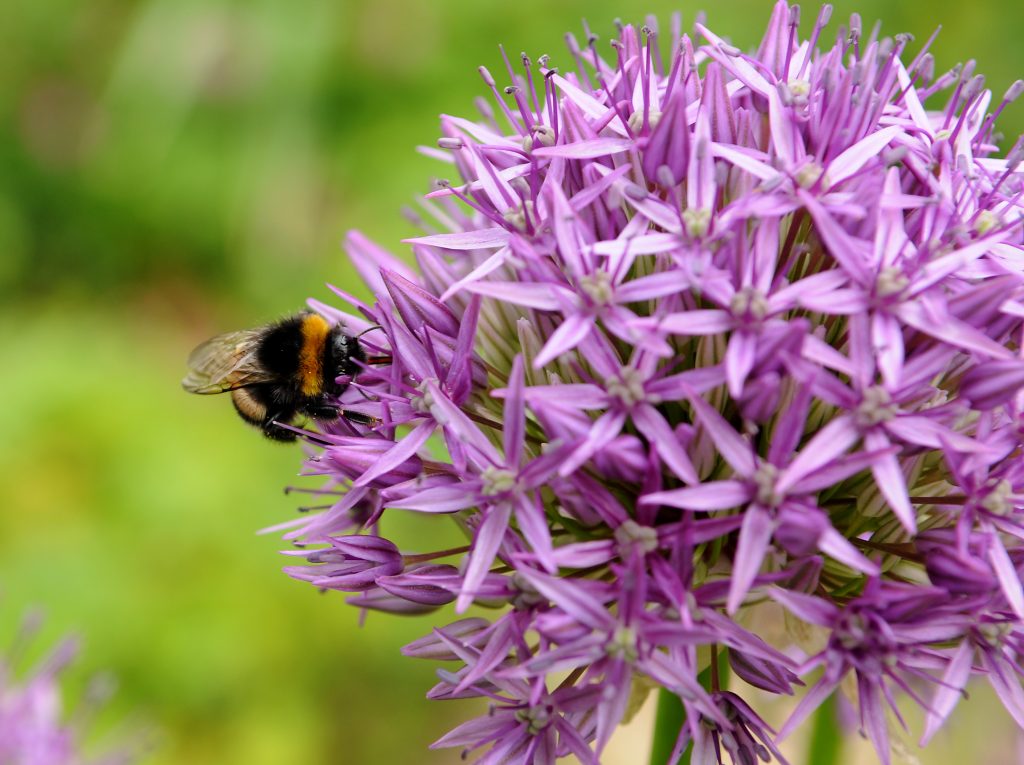
Allium 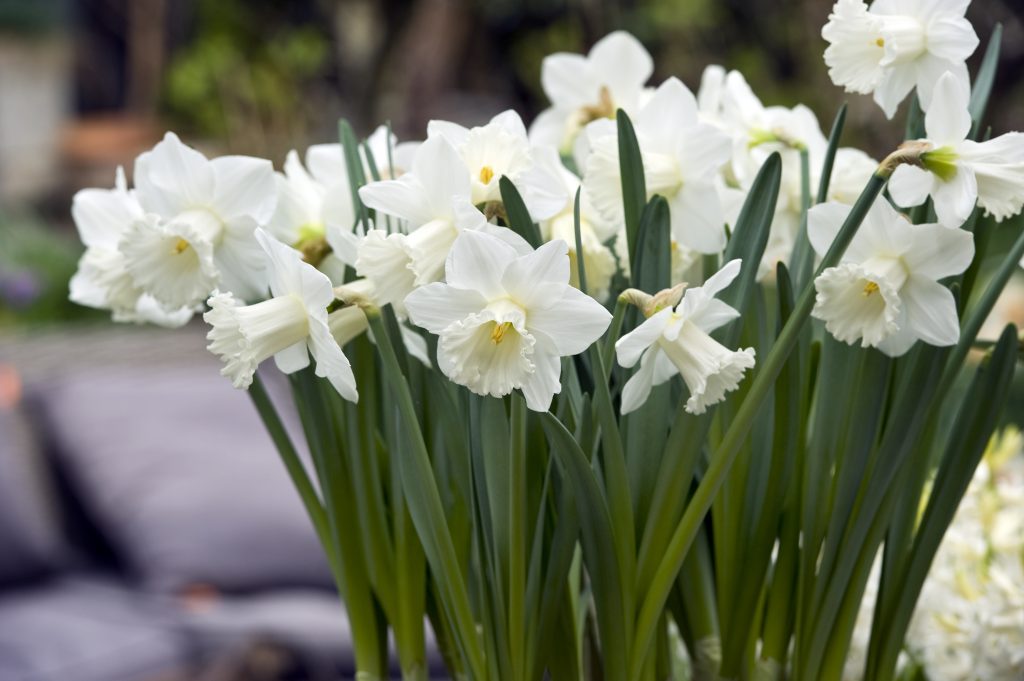
Narcissus 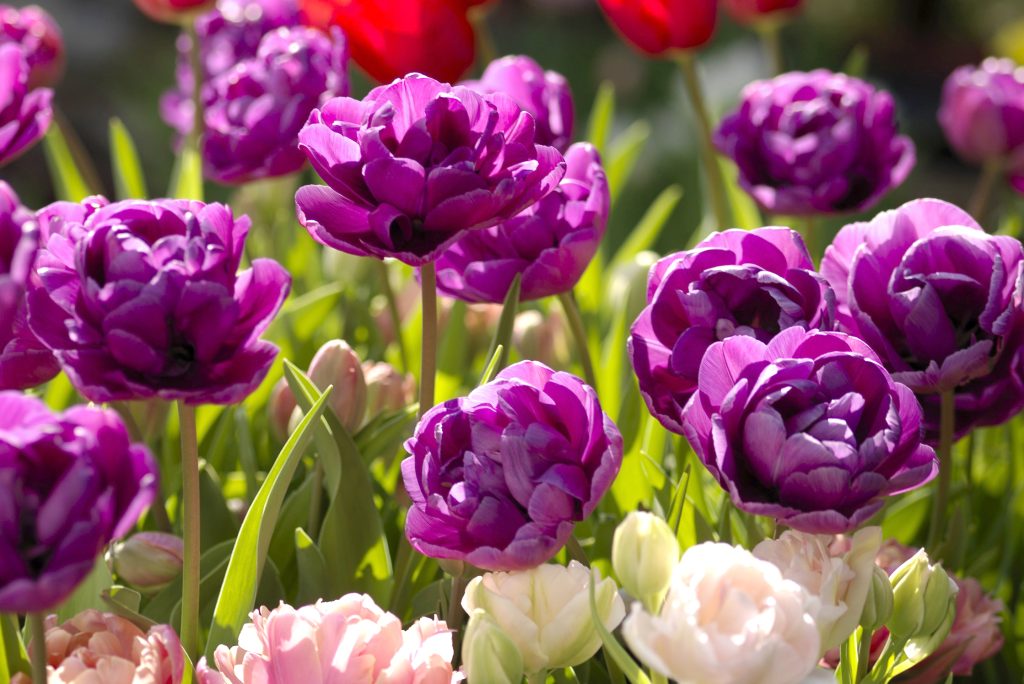
Tulip 
Eucomis 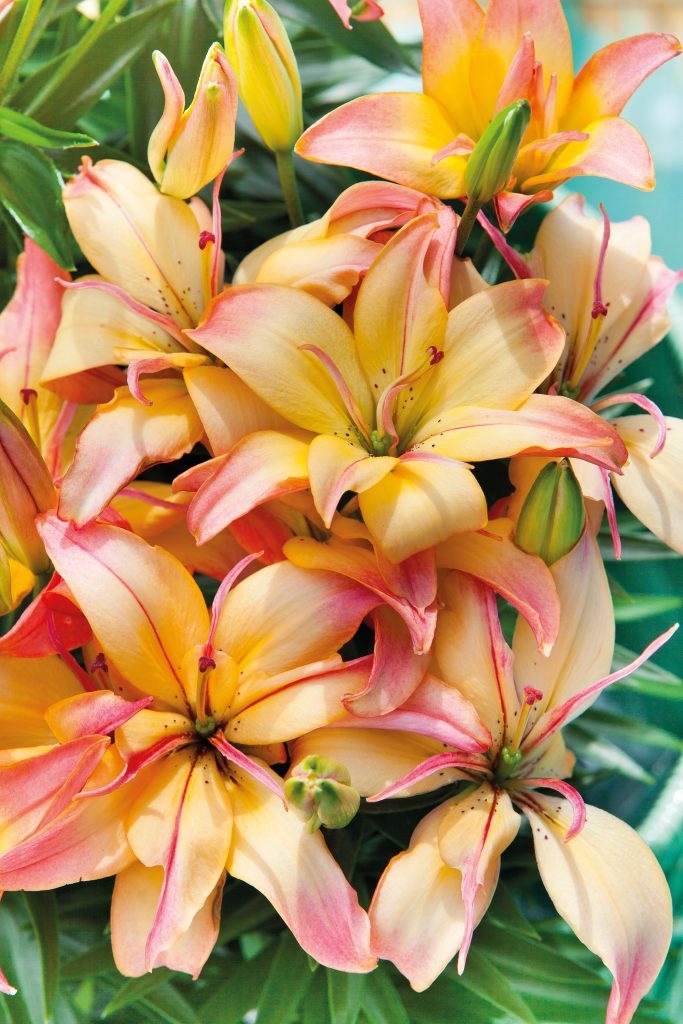
Lilium 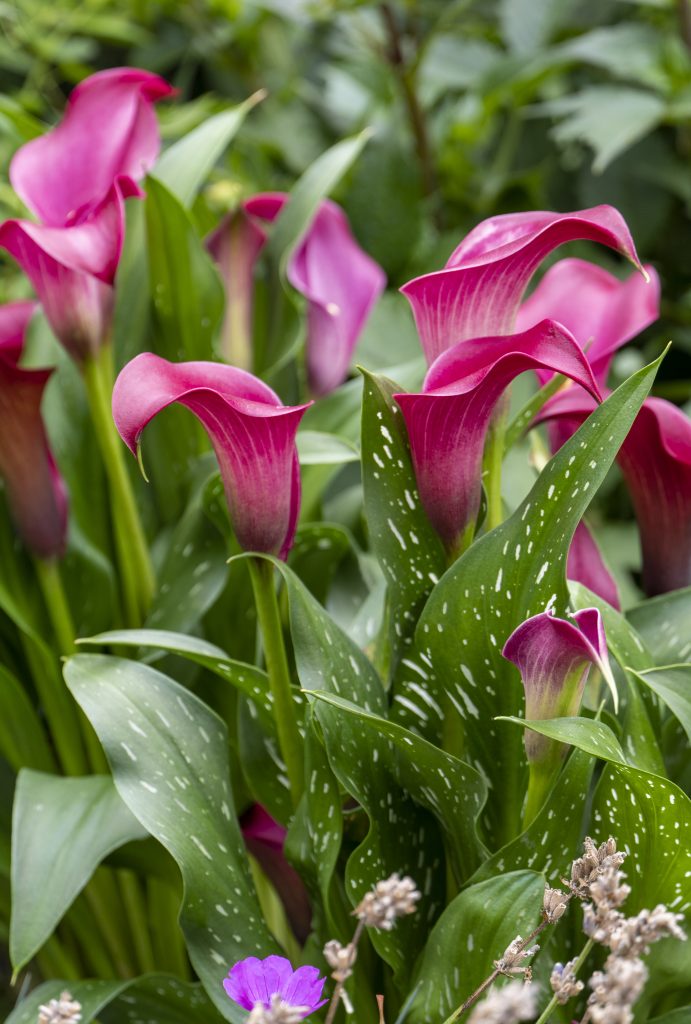
Calla
Can I only plant only one type of bulb in my garden or container?
In your garden spaces and in containers, you can have many types of bulbs. In fact, our favourite way to utilize our small spaces and containers is to layer or lasagna plant bulbs. Place the first to flower in the top layers and the later flowering varieties in the lower layers with 1” layer of soil between. For more information, check out our blog on layer planting. One important note is you will want to rotate where you plant your bulbs. Just like rotating veggie crops, you will want to rotate planting where you have your bulbs. Planting the same type of bulb in the same location without amending the soil will deplete nutrients needed for continued success. So, if you are planting in the ground choose a new location or add some fresh well-draining soil into the area. If you are planting in containers, use fresh potting medium.
Is it true – the bigger the bulb, the bigger the bloom?
When it comes to tulips, the larger growing varieties tend to produce larger bulbs. Mini botanical tulips just naturally produce smaller bulbs and giant beauty tulips produce larger bulbs. For dahlias, the size of the tuber does not have any bearing on the size of the bloom. You can have a giant AA dinnerplate dahlia from a thin skinny tuber and a mini pompon dahlia from a large tuber. Many true bulbs and corms take years, or many growing cycles, to get to blooming size. So, when bulbs are sorted for selling stock (blooming size) or growing stock, they are sorted by size. The size of bulbs is measured in circumference. If your package of tulips says 12/+cm size, that means when they were sorted they measured around the outside of the bulb and it was 12 centimeters or more. In the case of lily bulbs, the larger the bulb, the more blooms you will have. The good news is we only supply the best-size bulbs for optimal blooming, so look for the Florissa logo when you are looking for the optimal bloom size. When you are selecting bulbs to plant, look for specimens that are firm and have some weight to them for their size. This will let you know the bulb has a good amount of moisture to get growing. If the bulbs are lightweight or spongy, move along to the next batch.
Are bulbs hardy for my area?
Hardiness zones are assessed by how cold your area is over the winter months. You can find your hardiness zone by clicking here. Fall planted bulbs need anywhere from 6 to 16 weeks of cool temps around 8°C and below to be able to bloom at proper heights. If they do not have a cooling period, then the blooms can be shorter in the first season. We all start projects with the best intentions, but life happens, so when you come across a pack of bulbs in the garage in January, that you meant to plant in October… all is not lost. If the bulbs are still firm, then get them planted right away in a container and set it outside or in a cool area. The bulbs may flower later and shorter than normal, but the following year they will be back on track. Many summer flowering bulbs like dahlias, cannas, callas (zantedeschia), gladiolus, ismene, begonias, and acidanthera are frost tender, so you will want to remove them in the autumn before heavy frost and snowfall.
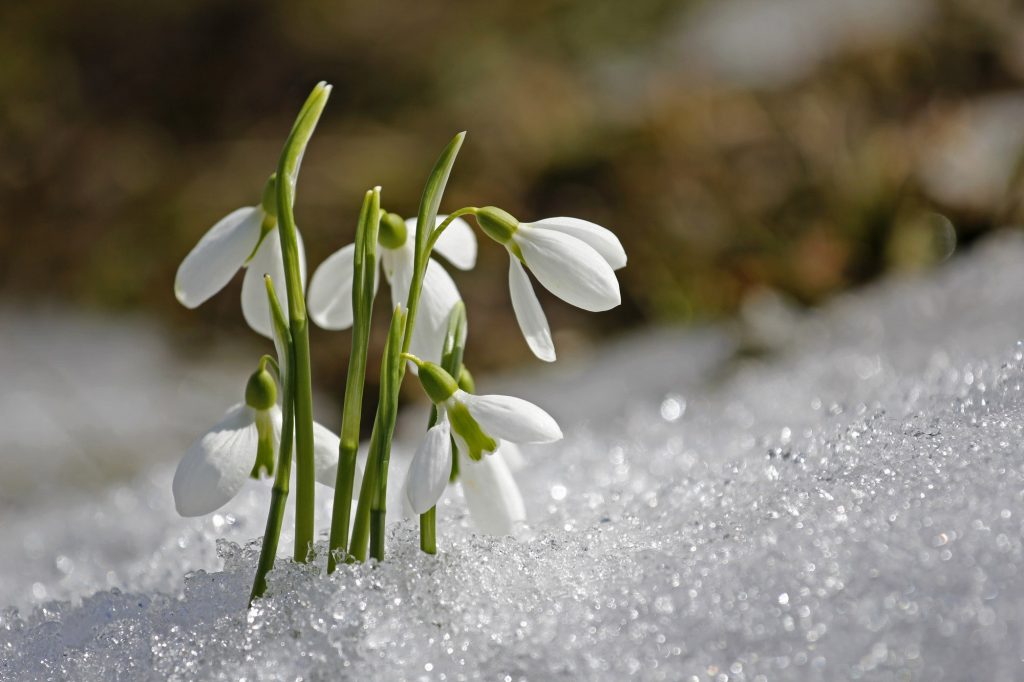
Winter hardy galanthus 
Frost tender dahlias – removed and stored for next year’s planting
Which bulbs are deer resistant?
Okay, let’s start off by mentioning hungry deer will sample almost anything in the garden. The good news is there are many varieties of bulbs that are unappealing for our lanky, four-legged garden visitors. The papery sheath of some bulbs like hyacinths have a natural irritant calcium oxalate, that these pests do not find tasty. Whereas alliums and fritillaria have a strong odor that keeps them away. Narcissus has an alkaloid unappetizing for deer. Our favourite fall planted-spring flowering deer-resistant bulbs are: alliums, anemones, camassia, chionodoxa, cyclamen, eranthis, eremurus, fritillaria, galanthus, hyacinths, iris, ipheion, leucojum, muscari, narcissus, ornithogalum, oxalis, and scilla.
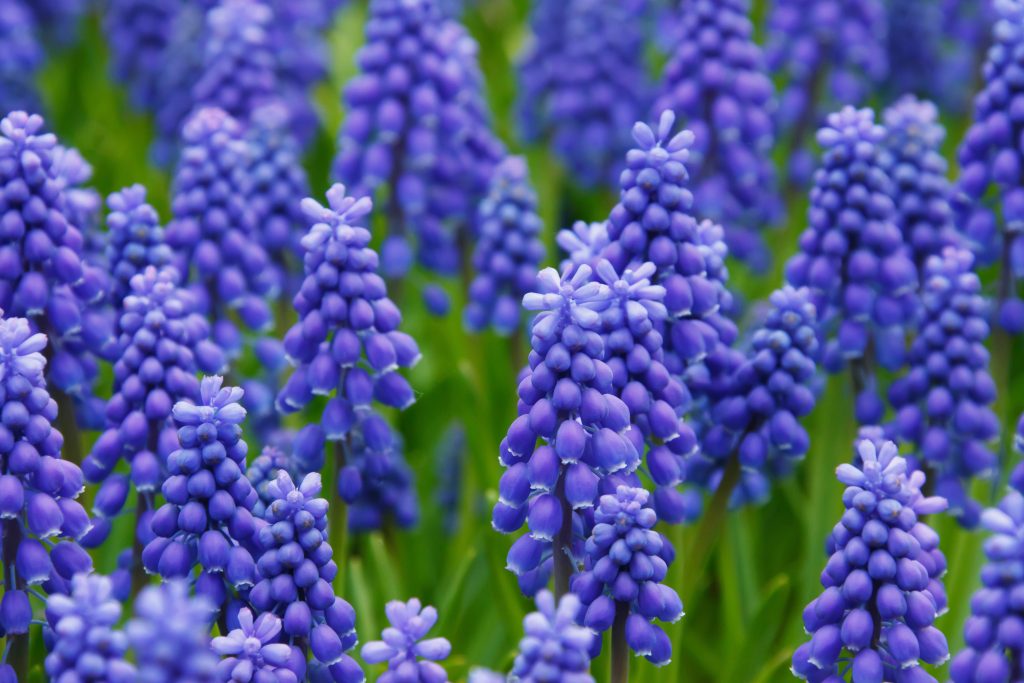
Muscari 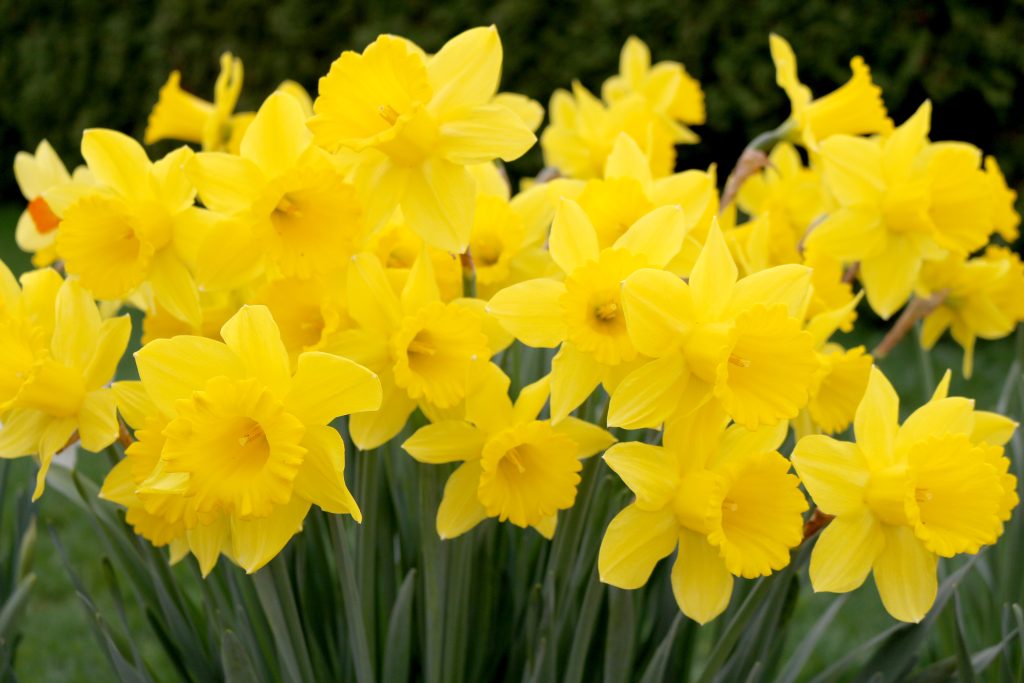
Narcissus 
Oxalis 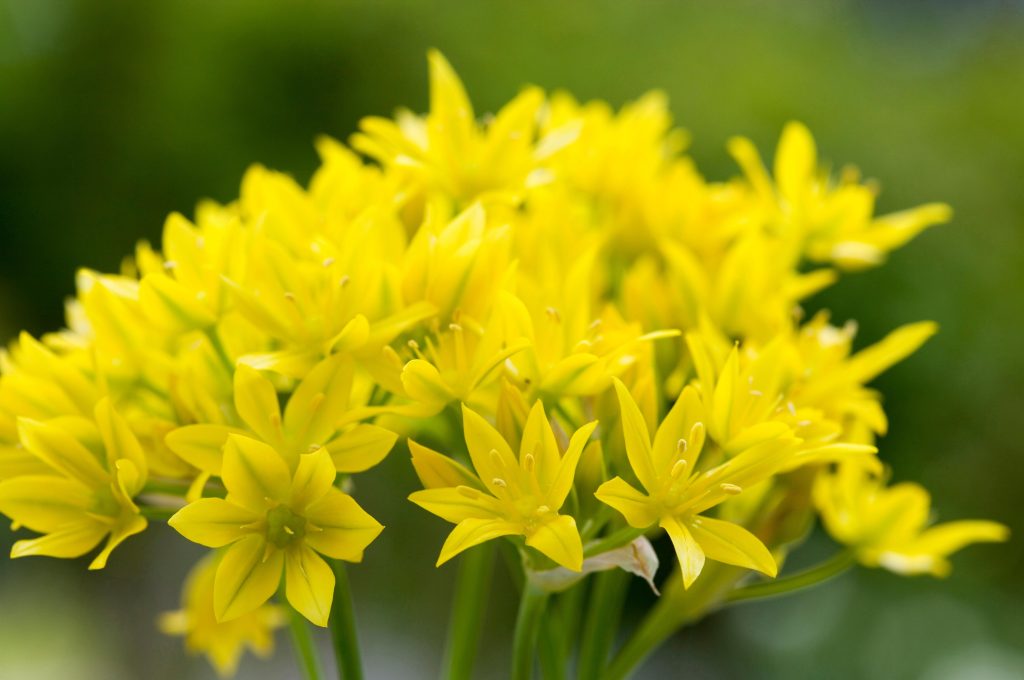
Allium 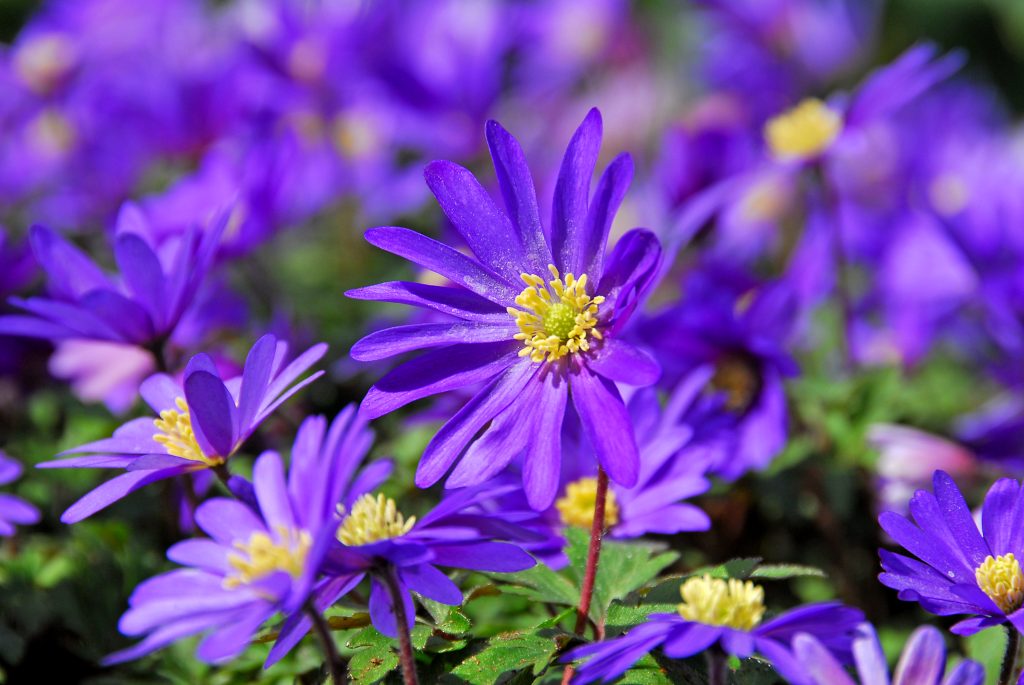
Anemone 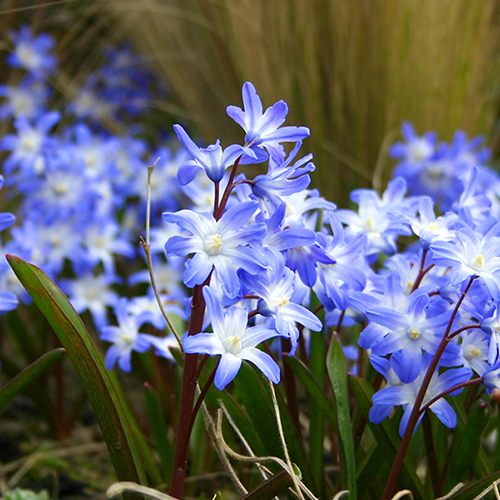
Chinodoxa 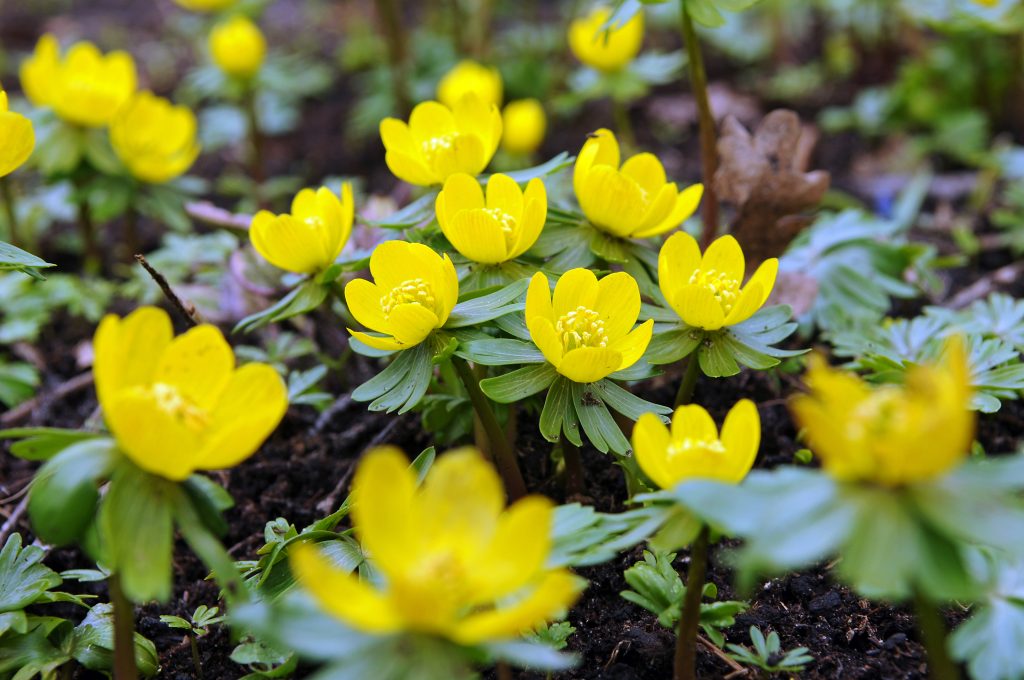
Eranthis 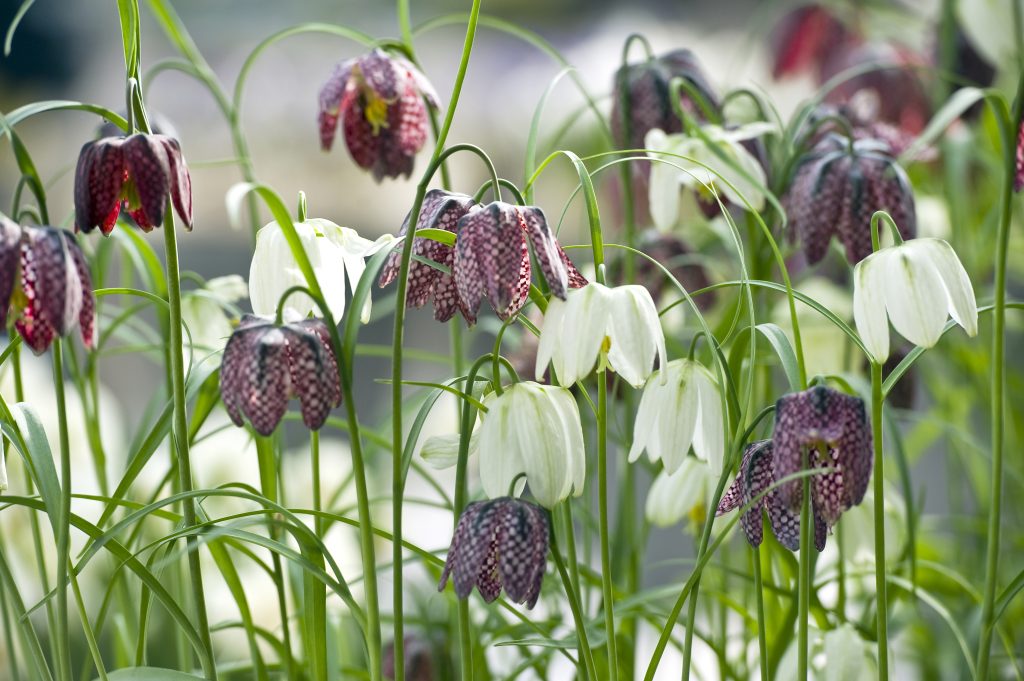
Fritillaria 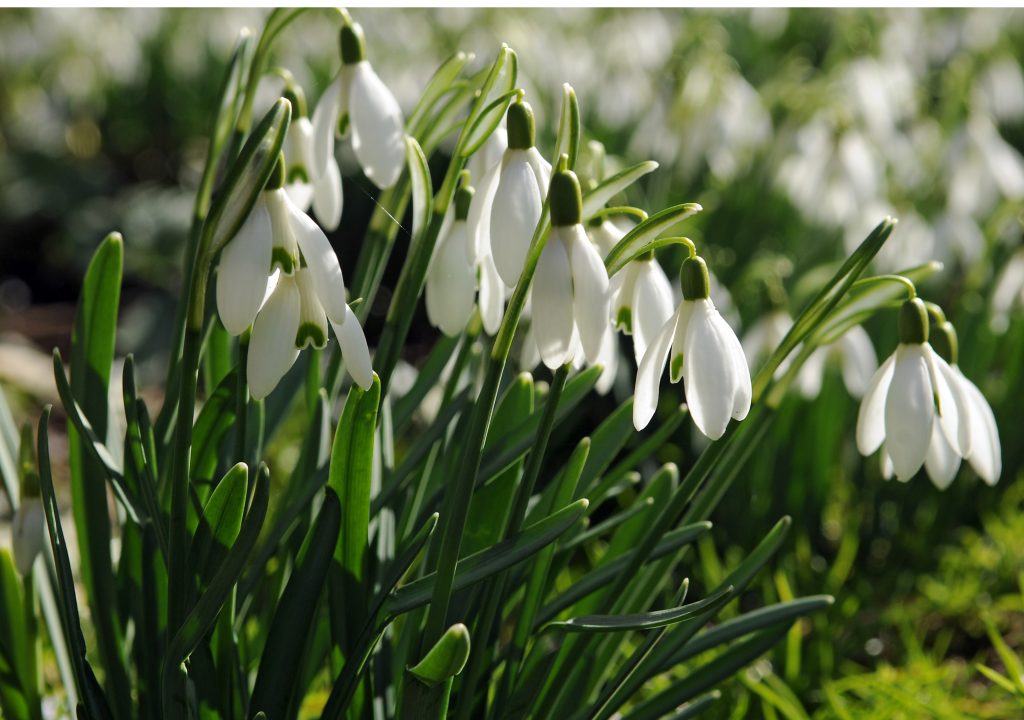
Galanthus 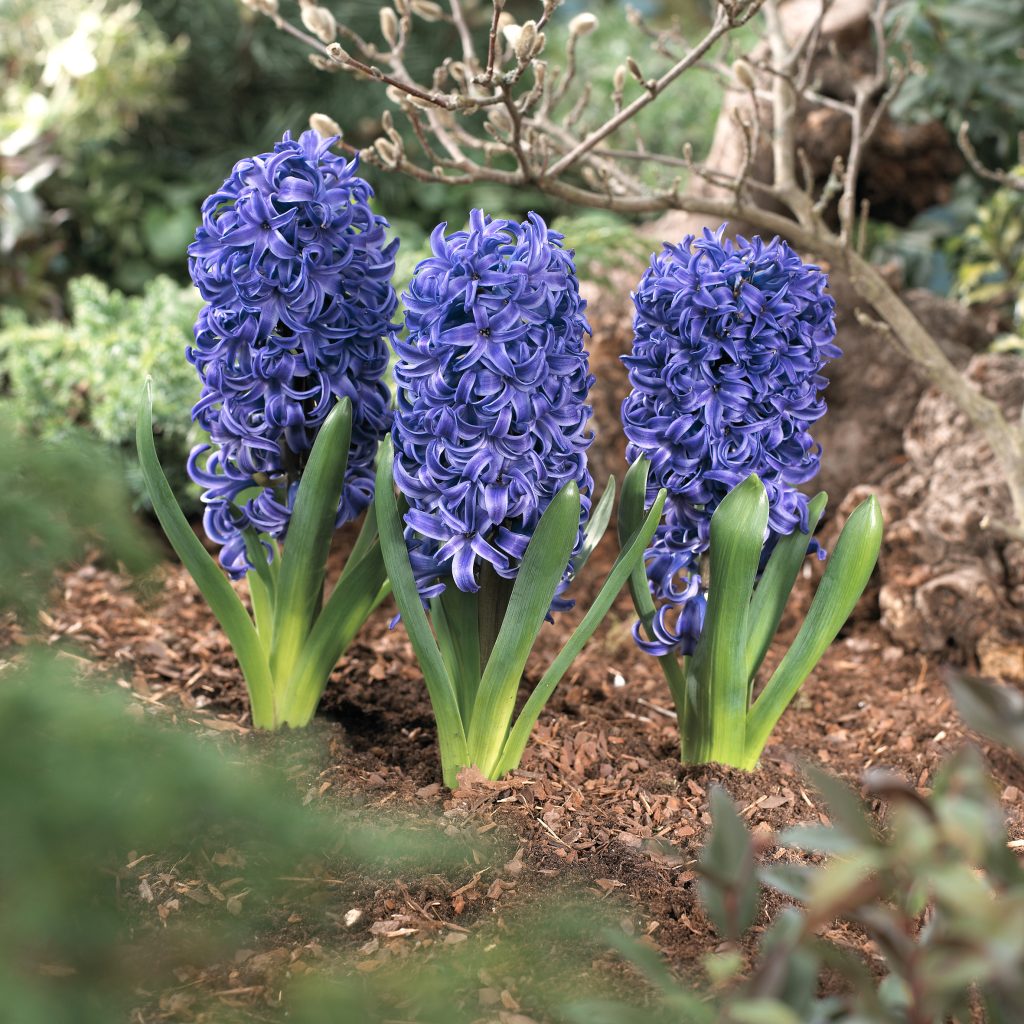
Hyacinth 
Iris
In the summer months, grazing deer can make a mess of garden space. Try planting spring planted summer flowering varieties such as: alocasia, anemone, caladium, calla (zantedeschia), canna, colocasia, convallaria, crocosmia, eucomis, freesia, gloriosa, ismene, nerine, oxalis, ranunculus, sprekelia and tuberose.
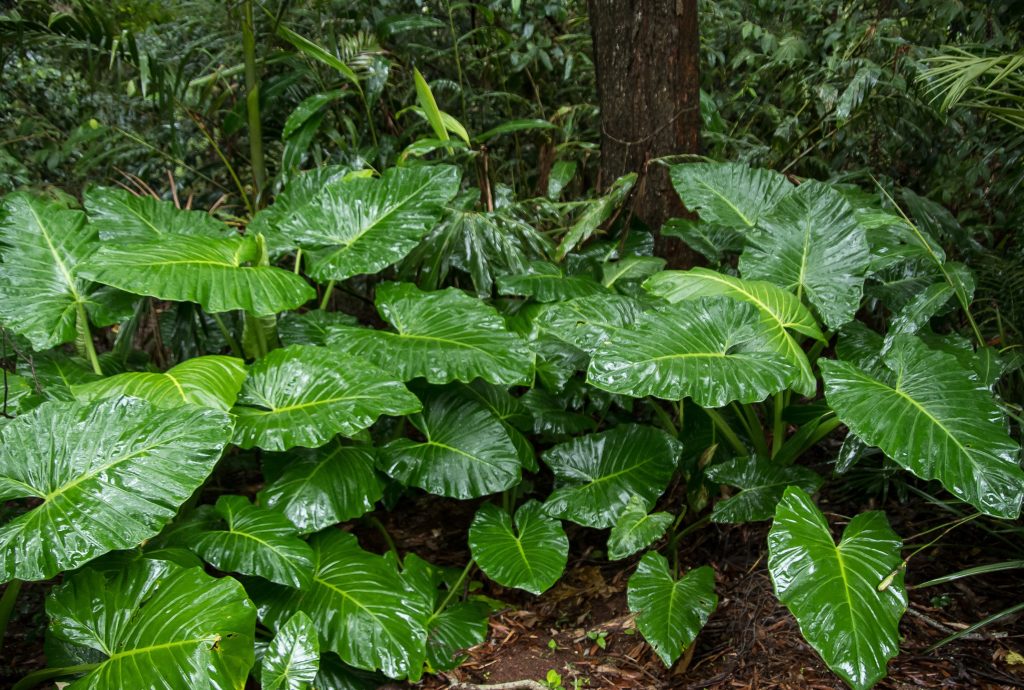
Alocasia 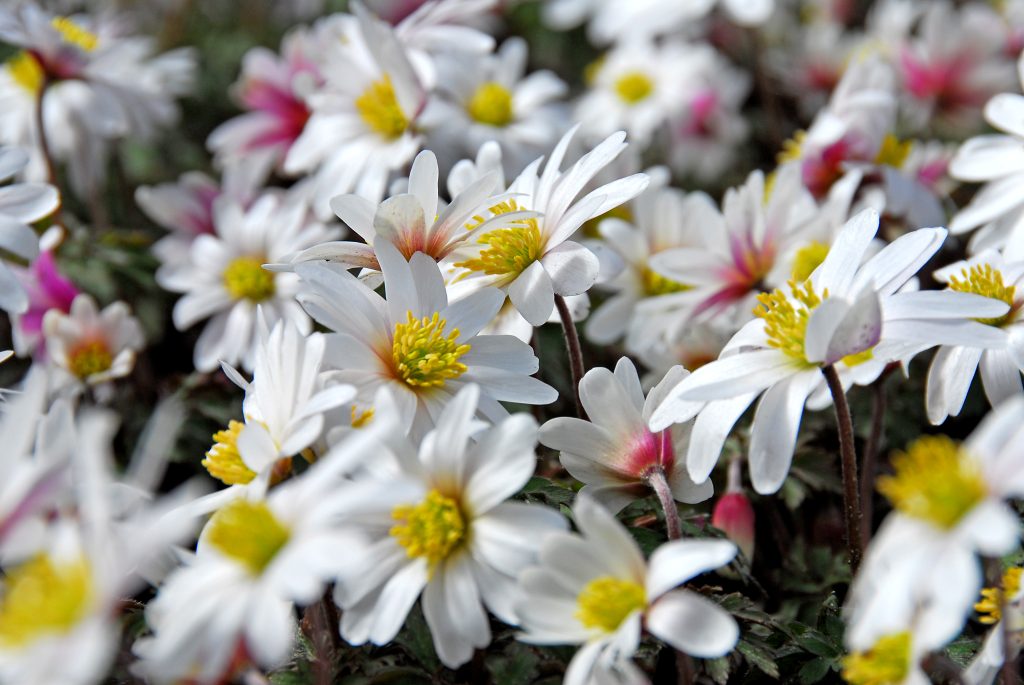
Anemone 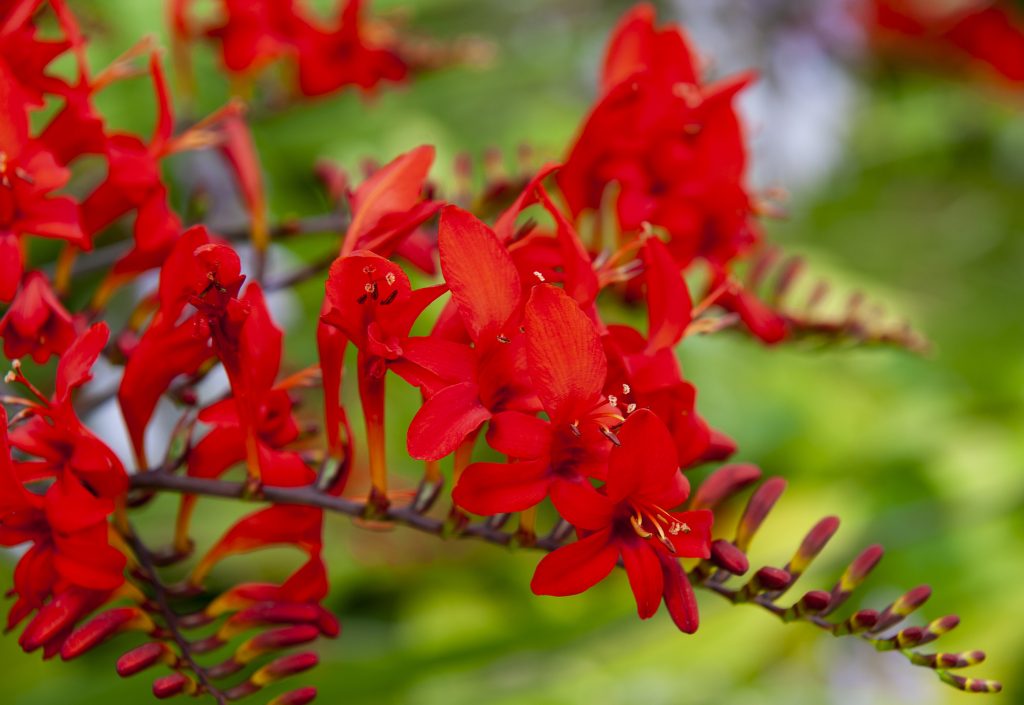
Convallaria 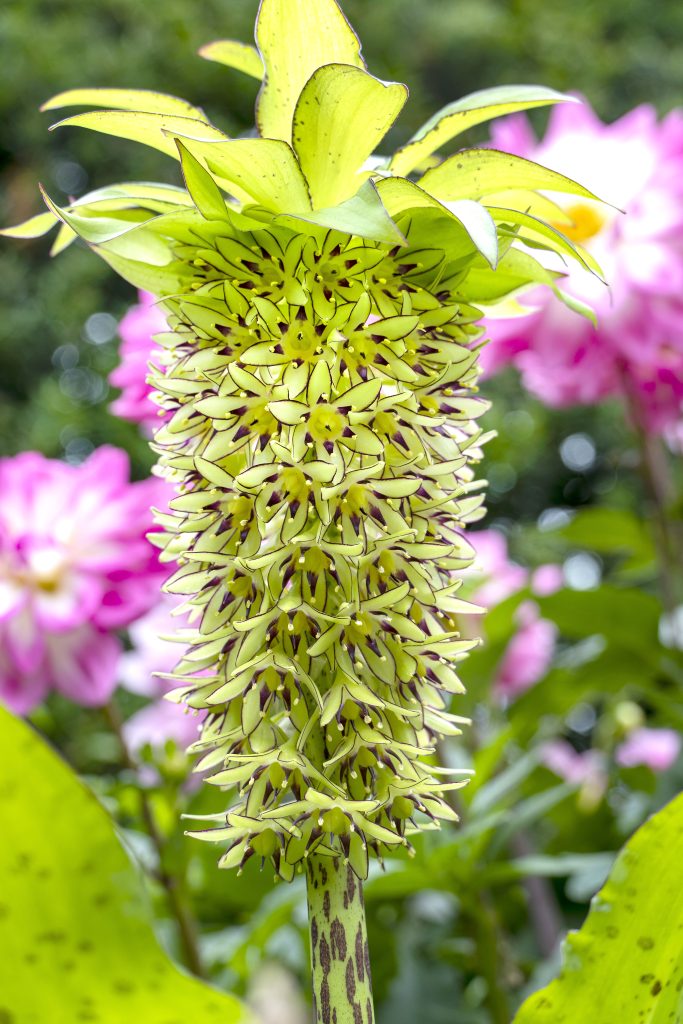
Eucomis 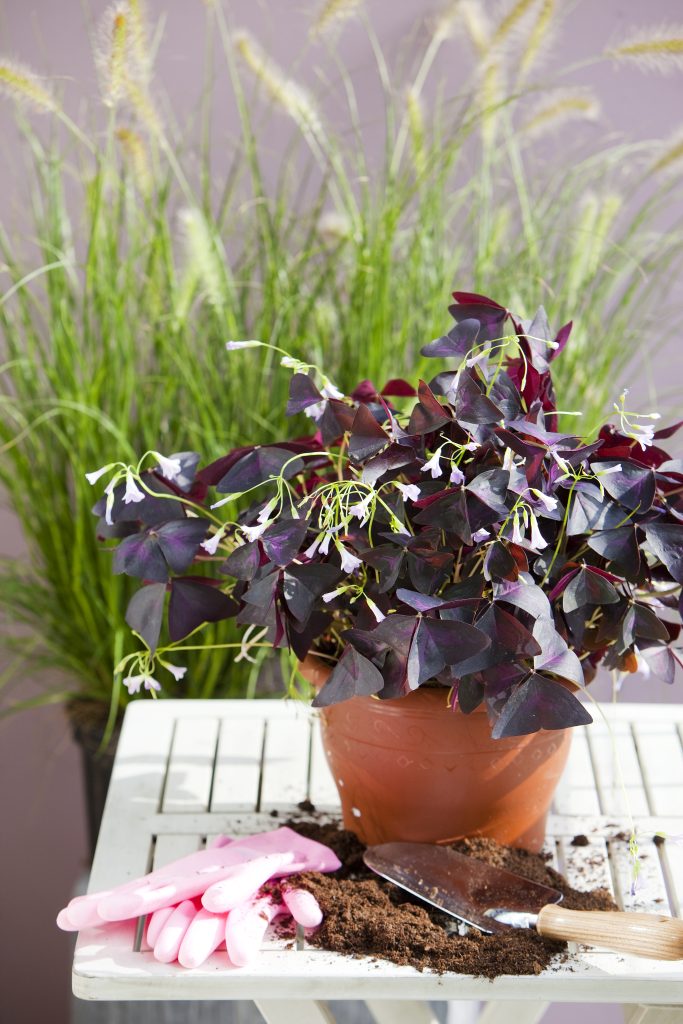
Oxalis 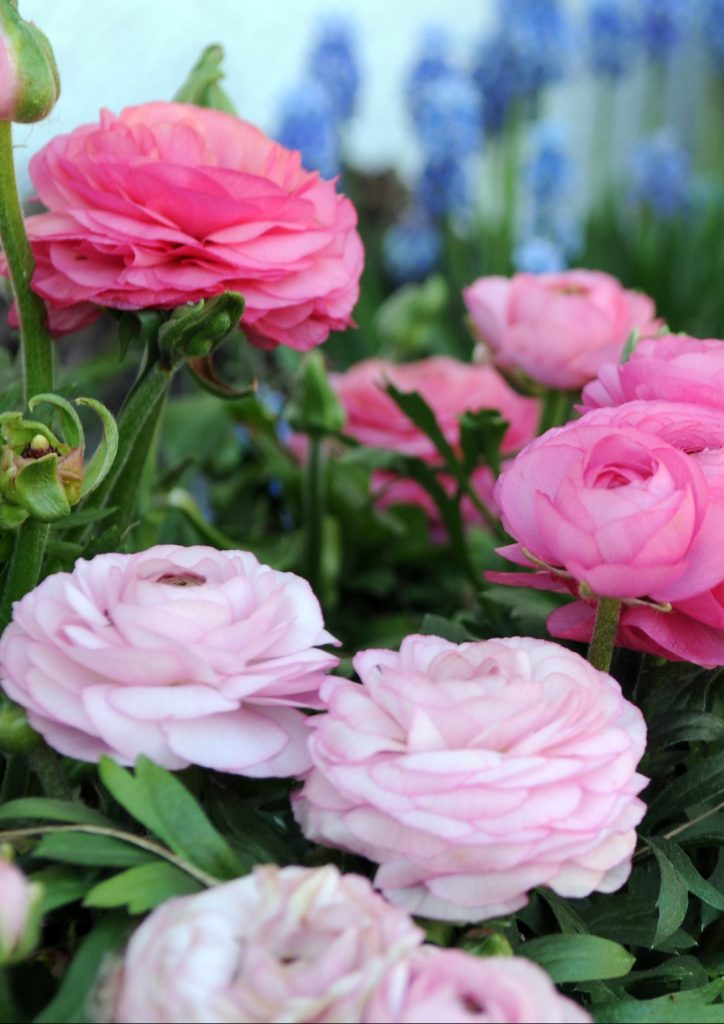
Ranunculus
What does ‘naturalize’ mean?
Naturalizing is also known as perennializing in the bulb world. This is a growing habit, where the bulbs are allowed to fulfill their growing cycle, go dormant and then come back the following year to grow and bloom again, without having to dig and store them. Some common spring flowering naturalizing bulbs are allium, chionodoxa, galanthus (snowdrops), hyacinth, muscari, narcissus, scilla. For summer flowering naturalizing bulbs, look for crocosmia, lilies (lilium), and liatris. These perennializing bulbs stay in the ground for years and will multiply to give more stems of blooms every year. These low-maintenance bulbs only need a seasonal top dressing of nutrients and separating over-grown clusters of bulbs. Digging and dividing are best done every 3-5 years when the bulbs are dormant after the blooms have faded and the foliage has turned yellow.
What is the best soil to bulbs grow in?
Flower bulbs love well-draining soil. There are a few types of summer flowering bulbs (colocaisa, calla and canna) that can handle pond-side locations once they are growing and respirating through their leaves. But you will want to always start your bulbs growing in well-draining soil. So, before planting make sure to amend heavy clay soils with sand, compost, and fine mulch. Also adding some bone meal to the holes that you are planting bulbs in will help root growth.
How do I plant bulbs?
Remember to always check the package for specific planting depths and distances. But the general rule is how ever tall your bulb is, plant it 3 to 5 times deeper, and however wide it is plant it 3 to 5 times the width from its neighbours. Therefore, if your bulb is 2.5 cm (1”) tall and wide, you will want to plant it 8-12 cm deep and away from its neighbour. This will allow space for bulbs to multiply and they will not compete for resources of water and nutrients. When you have clusters of bulbs like narcissus only producing leaves and not blooms, it is a sign that are overgrown. So, every 3-5 years you will want to carefully dig up the clumps of dormant bulbs, separate and replant them spaced out in refreshed soil. When you are planting in containers you can place the bulbs much closer as you will be growing them for a maximum of 2-3 years. You will want to remove them and share the extra bulbs or plant them in a mixed bed or border the ground, and you can plant new varieties with fresh soil in your container.
Also, a general rule is to plant bulbs pointy side up, but when you have corms like anemones that look like chunks of compacted soil, it is a challenge to figure out pointy side up. So, thankfully these types of bulbs tend to be flat, so go ahead and plant them on their side. These corms are programmed to have the roots grow down into the soil and the shoots and blooms grow up to the sky. One other bulb that is the exception is the large flowering fritillaria. These large bulbs have a hole in the middle of the scales, where last season’s stem grew out. These bulbs if planted pointy side up will tend to collect water in the empty crevasse, which would not be a problem for warm-area gardeners. But as Canadian gardeners we know during our winters we have many freeze and thaw cycles, which will freeze the collected water in the bulb and crack it. So, go ahead and plant fritillaria bulbs on their side as well.
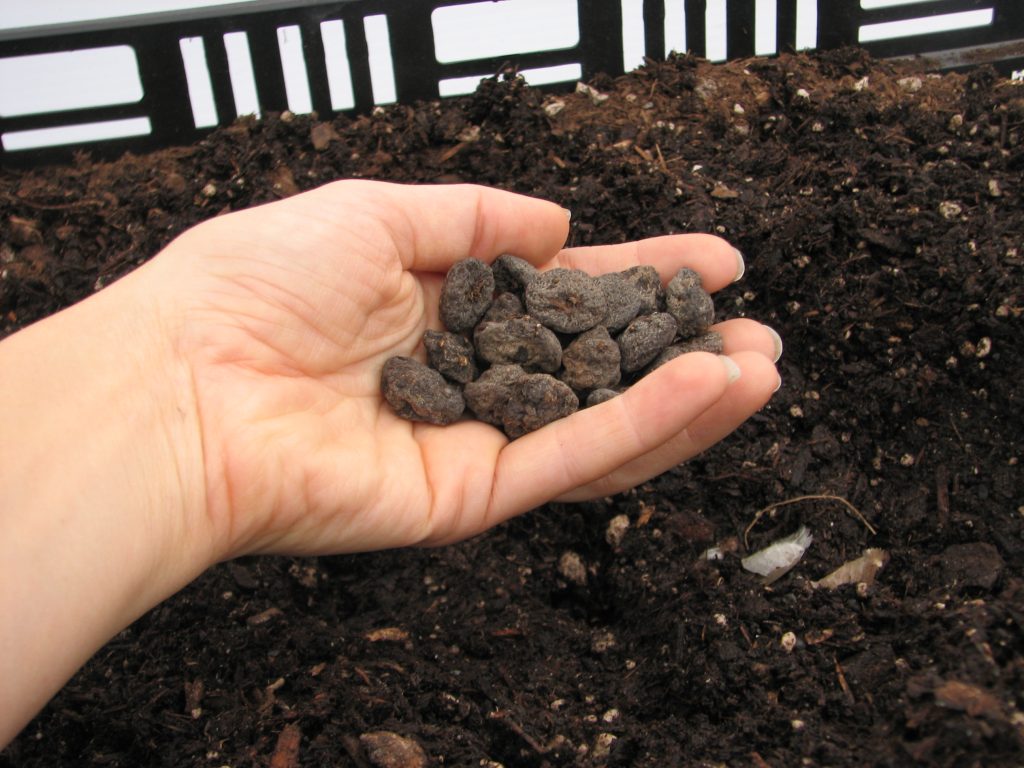
Anemone corms 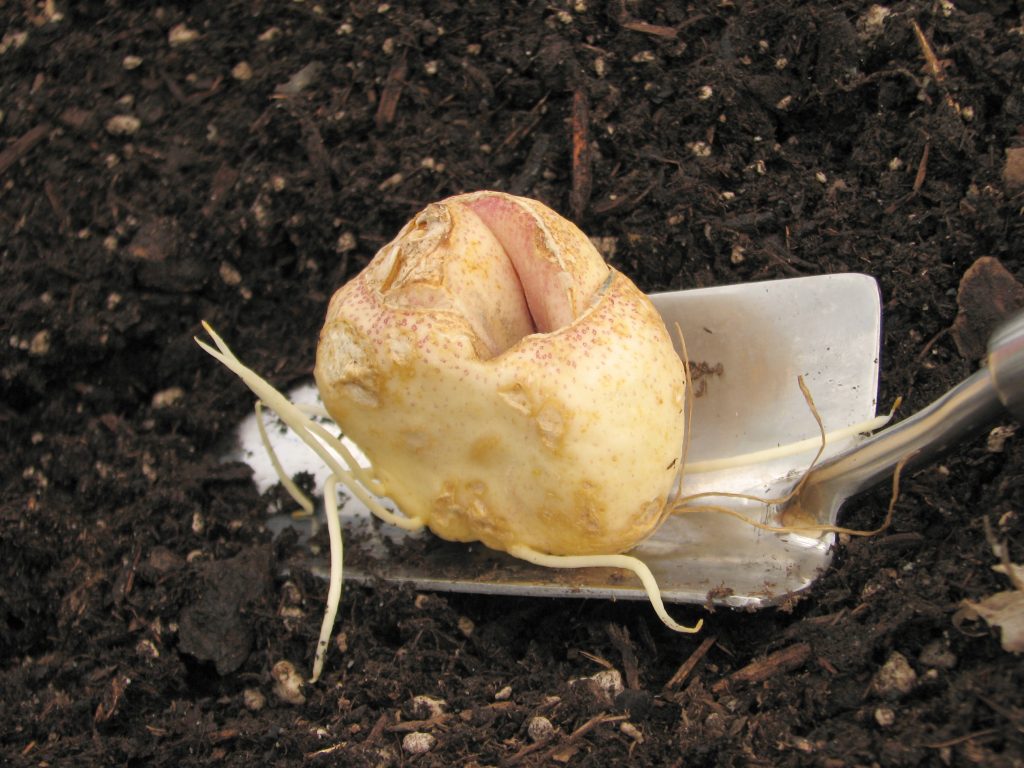
Fritillaria bulb
Do I need to remove the papery covering or tunic from my bulbs?
The papery covering is to protect the bulbs or corms from drying out in their dormant stage. So, please keep it intact where possible. The stems and leaves have enough energy and force to grow through the papery covering. In the springtime you may even see some tunics dangling at the top of your tulip leaves, these are okay for your compost or to just mulch into the soil around them. Some people think that you need to remove the papery covering of gladiolus to get them to sprout and grow, this is not the case, so save yourself some time and effort and leave the tunics on when you see them.
Do I have to fertilize my bulbs?
Fall-planted bulbs do not need any fertilizer when they are planted, but they do benefit from bonemeal being mixed into the soil at planting time. In the springtime, when the bulbs are blooming, we recommend a slow-release fertilizer sprinkled in the top inches of the soil. This will give the bulbs the extra boost they need when they switch from blooming to nutrient storage mode – which happens when the blooms fade.
For summer flowering bulbs, adding a slow-release fertilizer to the ground after they have sprouted is a great addition. During the summer months, you can use a liquid-soluble fertilizer or compost tea on the plants you want to boost their blooming.
Do I have to dig up all my bulbs in the spring/autumn?
If you planted your bulbs in the fall outdoors and they bloomed in the spring, then you do not need to dig your bulbs. After the blooms have faded, remove the seed pod and continue to water as normal and allow the foliage to continue to grow and produce energy for next year’s blooms (this is being stored in the bulbs and bulblets in the ground. Once the foliage has turned yellow you can carefully prune it to the soil level. Check out our blog Caring for Spring Flowering Bulbs After They Bloom for more on caring for your spring flowers at the end of season. If you planted your bulbs in the spring and they bloomed in the summer, then you may need to dig and store them depending on your area. Many summer flowering bulbs are frost tender and will die back once they get a touch of frost – like dahlias. These frost-tender bulbs, tubers, and rhizomes need to be dug and stored over winter (for more on this subject, check out How to Overwinter Dahlia Tubers). The most common exceptions are crocosmia, liatris, and true lilies (astatic, oriental, trumpet, tiger, and hybrids of these) as they are hardy to zone 3 or 2, so it is best to know your hardiness zone. The most common winter-tender, summer-blooming bulbs/corms/tubers that need to be dug and stored in a frost-free area over winter are dahlias, cannas, callas (zantedeschia), gladiolus, ismene, begonias, and acidanthera.

Deadheading Fritillaria 
Deadheading Hyacinth 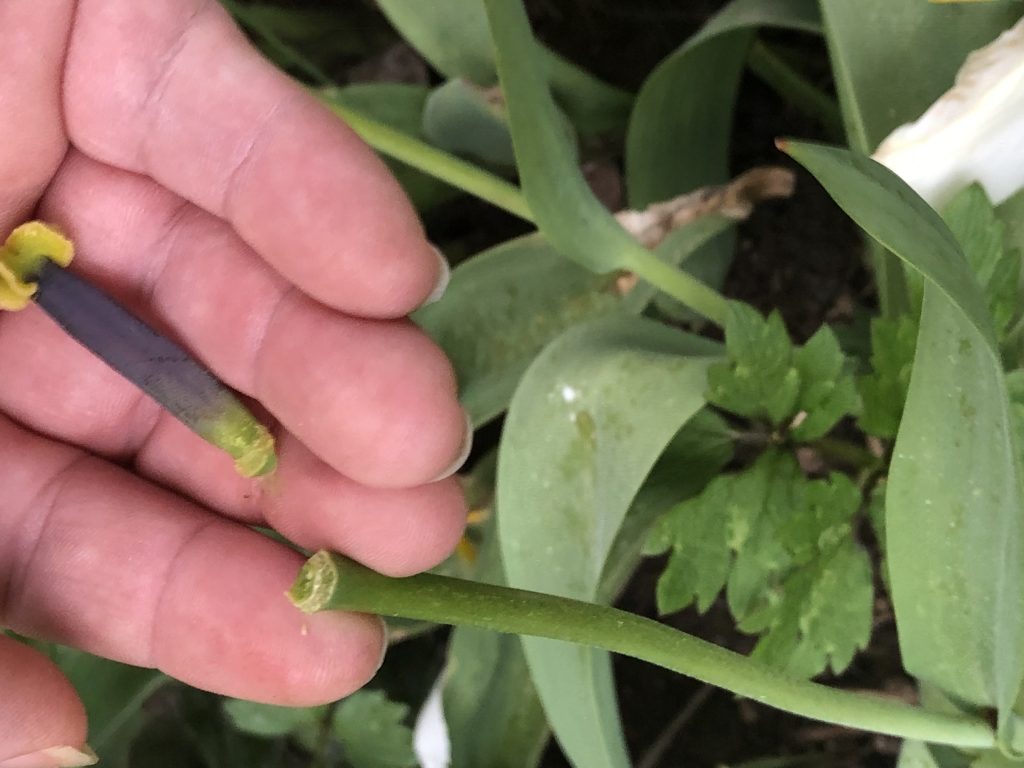
Deadheading Tulip
What is it with ripening fruit and bulbs?
Ripening fruit and flowers naturally produce colourless and odorless gas ethylene, especially apples, pears, and bananas. While this ethylene gas is safe for people and pets, fall-planted bulbs are particularly sensitive to it. If a bag of tulip or narcissus bulbs are stored in close proximity to ripening fruit, then it can adversely affect the blooming. In extreme cases, while still inside the bulb, the bloom bud will dry up, so in spring you will only have leaves. All is not lost though as the following year they will bloom properly. Outdoors ripening fruit falling on flower beds with bulbs planted in them are okay, as there is usually enough air circulation to dissipate this gas.
My bulbs stopped blooming every year?
If your bulbs have been blooming for years in your garden then there are only a few reasons why that would change. Start with checking seasonal climate changes. If your area had colder than expected temperatures for longer than expected in the winter, then that can affect flower bulbs as well as many other perennials and shrubs. Likewise, autumn and spring flooding has unfortunately been happening in many regions across Canada. Remember flower bulbs are living organisms that need to be planted in well-draining soil. Bulbs are not equipped with snorkel gear to help them breathe when underwater for long periods of time. A bulb submerged underwater for 3 days to a week is not a good situation. Like-wise when planting in containers outdoors, at planting time do not use saucers. A container with a saucer is a mini swimming pool for bulbs over winter, as the soil will stay too soggy and not be able to drain properly. Instead, store the saucers away in a potting shed or cupboard and mark a date on your calendar in mid-spring to bring them out. What about snow? In the winter months, snow works as an insulator from dry winds, so bulbs under a cover of snowbank is all right as there are still air pockets in the soil. Then when the snow melts it will drain away quickly. Go ahead and pile up snow in the winter on your flower beds on outdoor (saucer-less) containers.
Another reason why bulbs stop flowering is a result of lack of nutrients, this is usually from not allowing the bulbs to finish their growing cycle or over-crowding. Once the bulbs have bloomed, they go into nutrient storage mode. So, remove the faded bloom and beginning seed pod and keep watering the soil. The leaves and stems will continue to photosynthesize and store the sugars and starches in the bulb for next year’s blooms. Once the leaves and stems have turned yellow, you can trim them to soil level and relax. Also, bulbs that naturalize or come back year after year will produce lots of bulblets and before you know it the 6 bulbs will be a cluster of 15 or more. If you see your cluster producing lots of leaves and few blooms, that is a sign of overcrowding. Think of it as a compliment – your bulbs love where they are growing! The best solution is to dig up, divide and replant your clusters of bulbs while they are dormant.
Garden beds and containers are not complete (in our view) without some spring or summer flowering bulbs. It is simple and easy to add colour, texture, and seasonal focal points to your garden. Elevate your plantings with bulbs, corms, tubers, and rhizomes, and watch in amazement.
Want to learn more check out the following blog posts.
For information on where to Florissa products, please inquire on our Find a Retailer page.




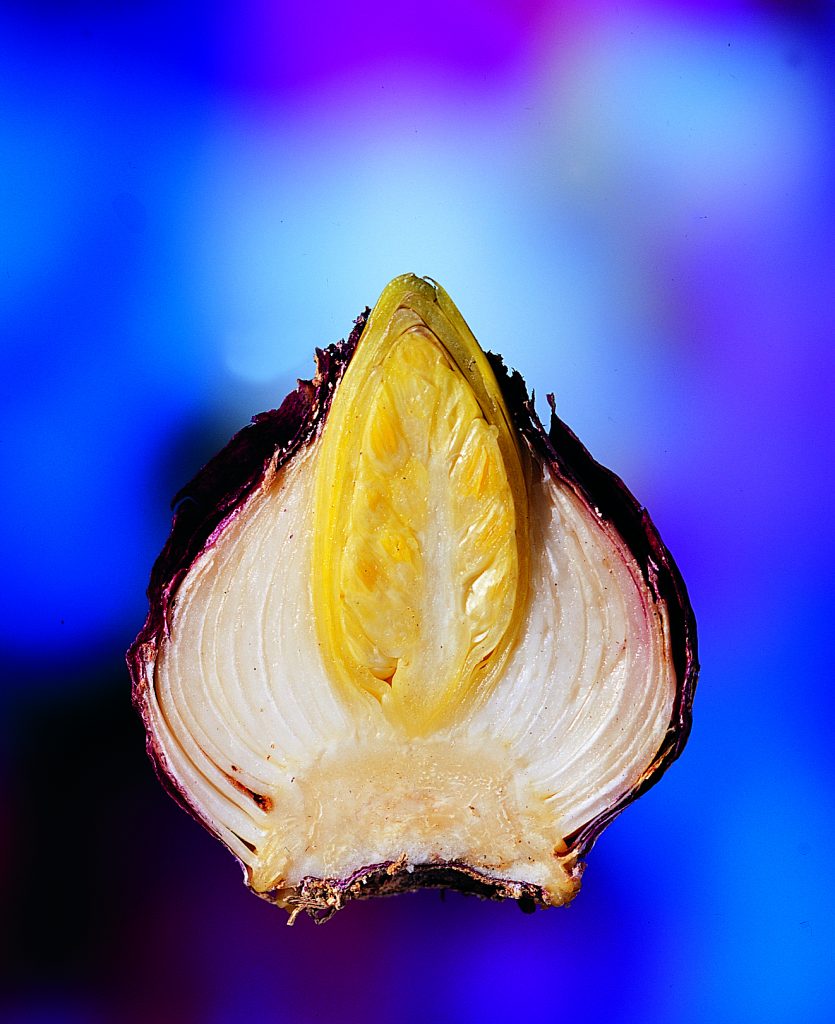
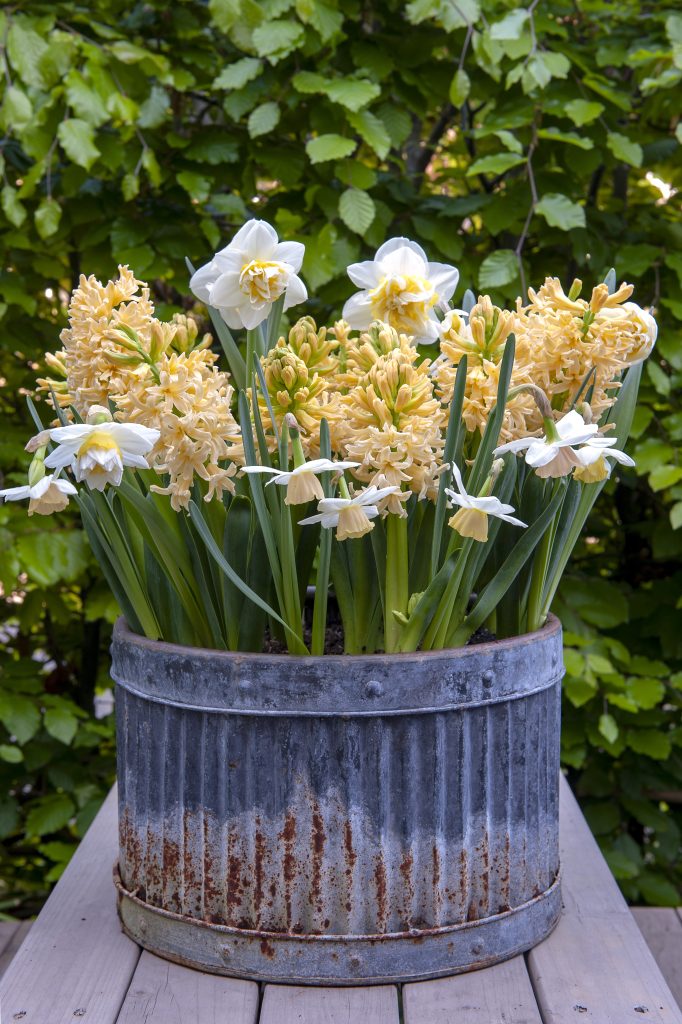
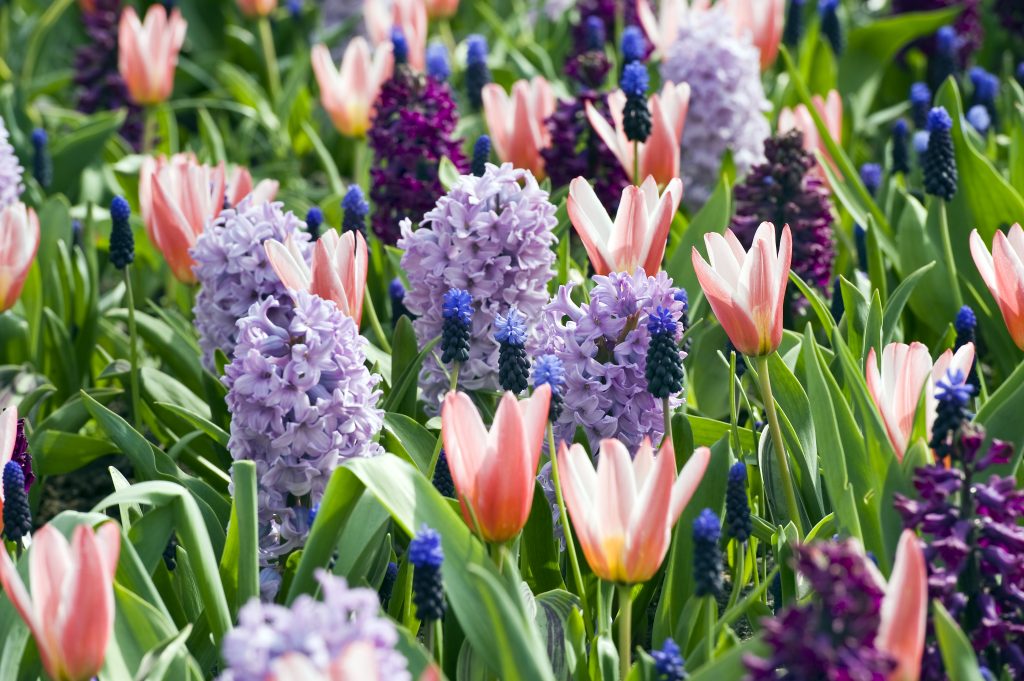
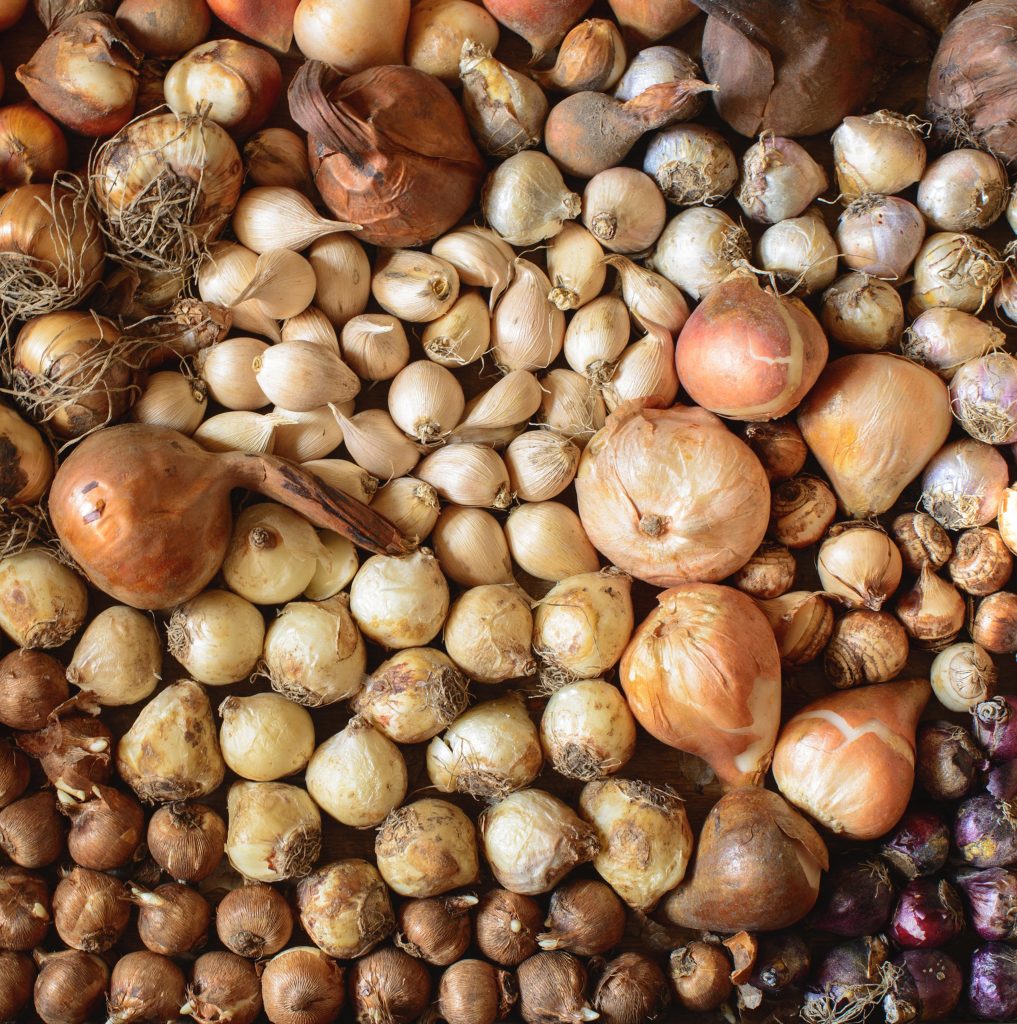

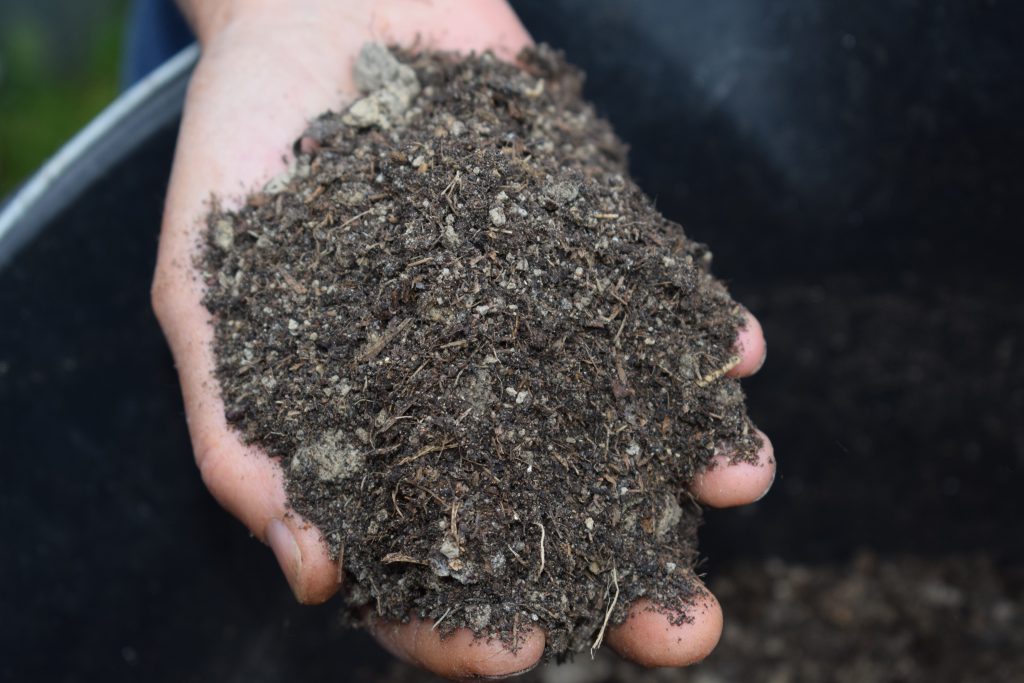
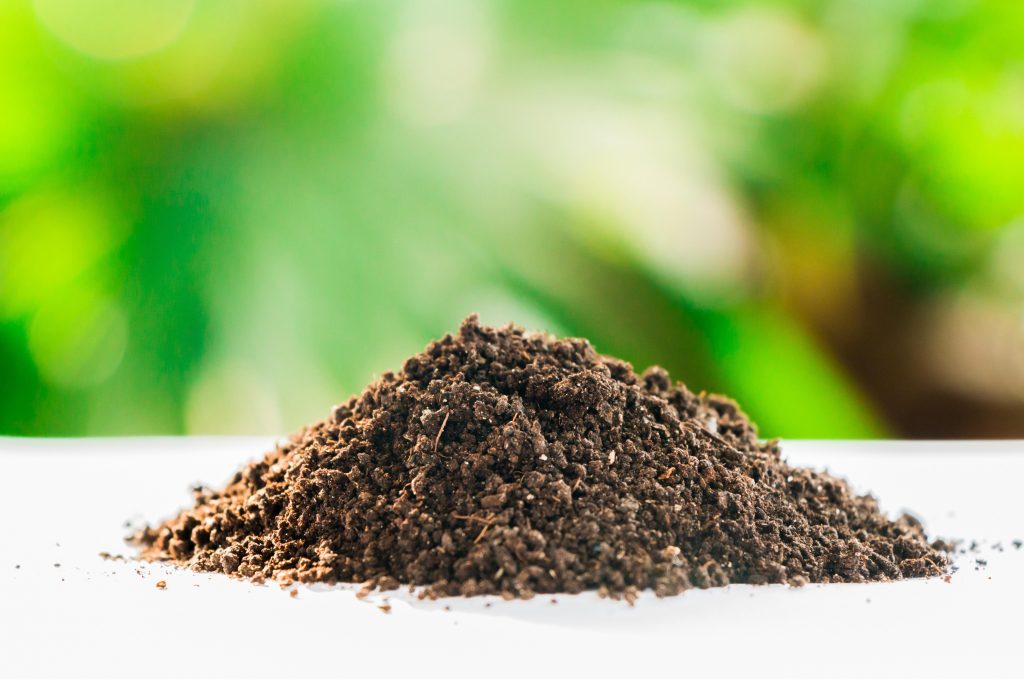
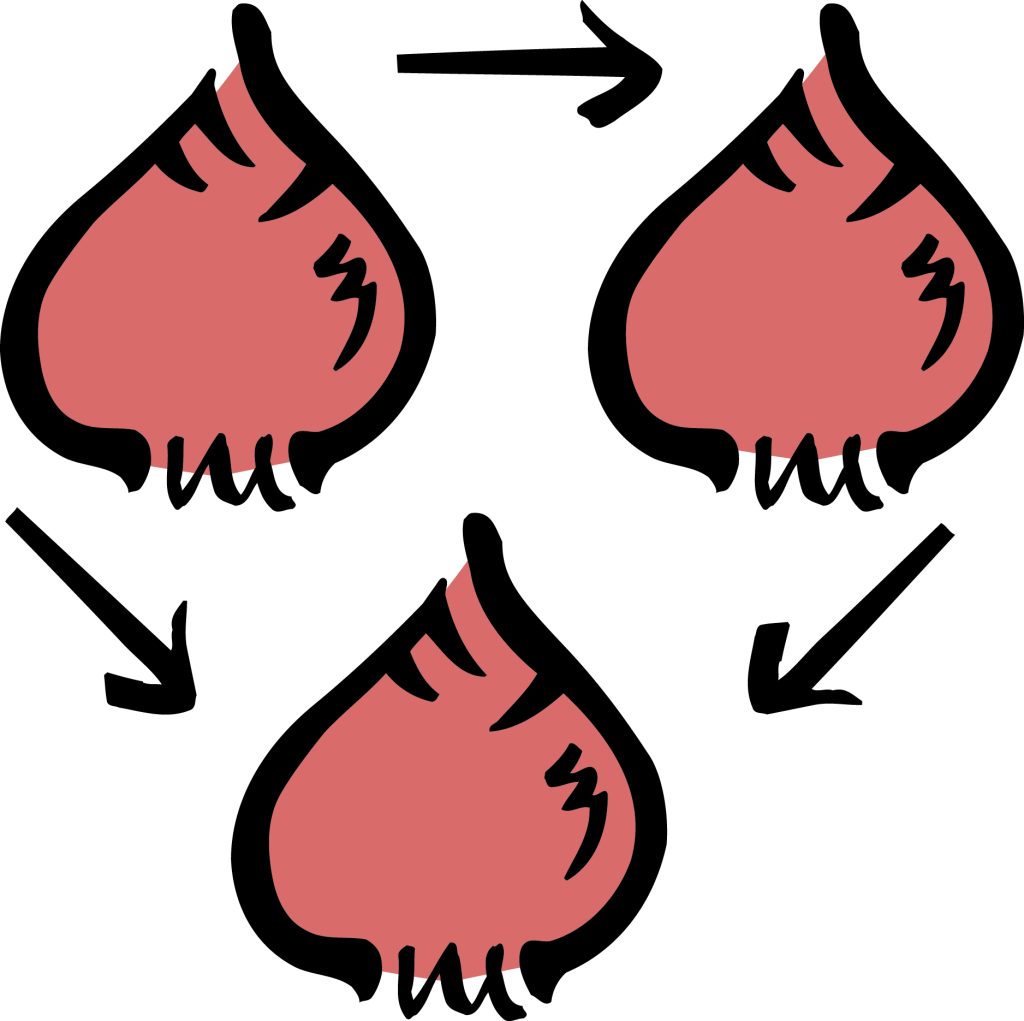
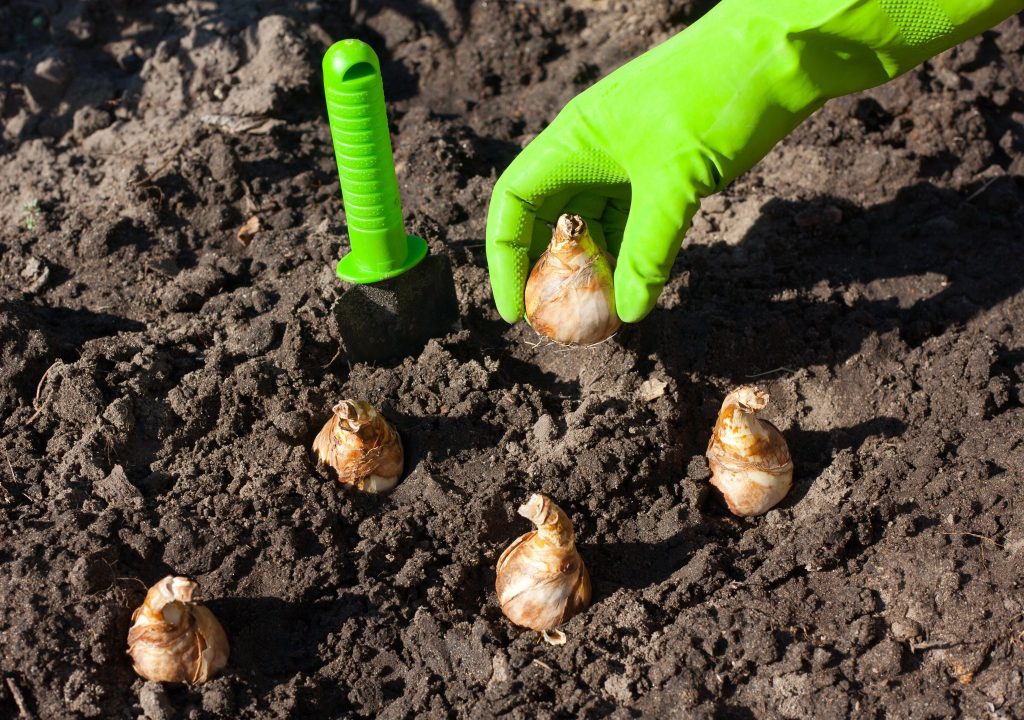
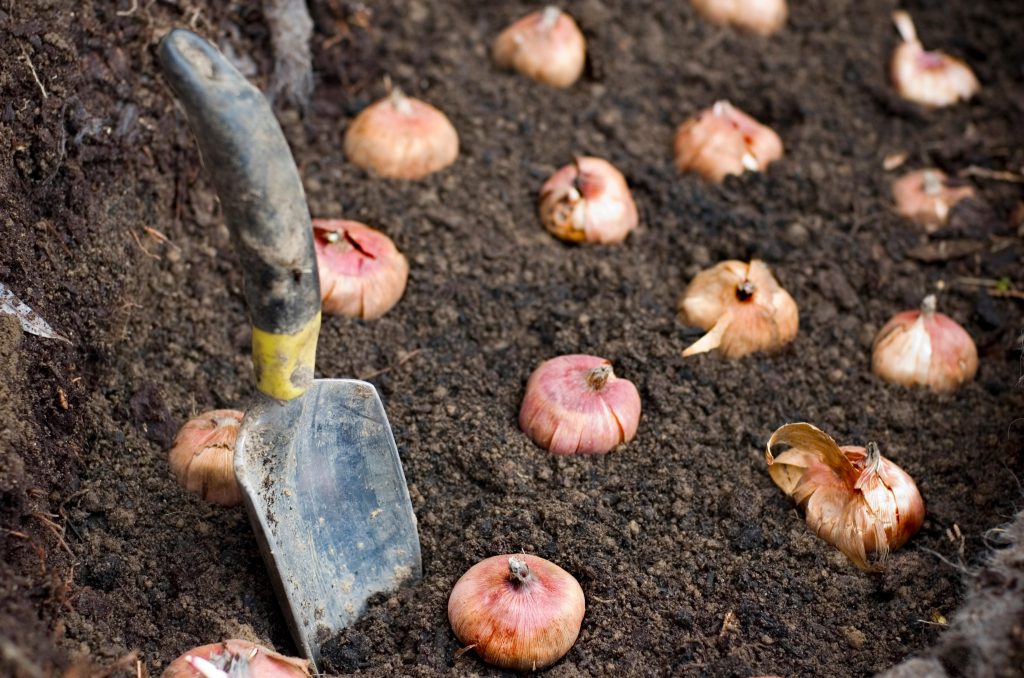
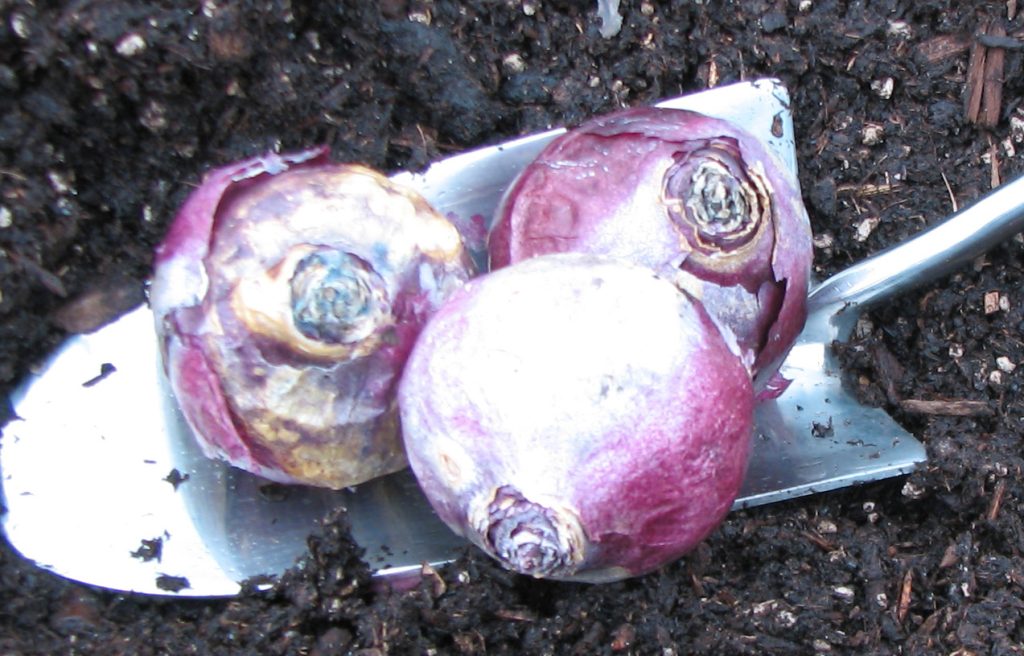

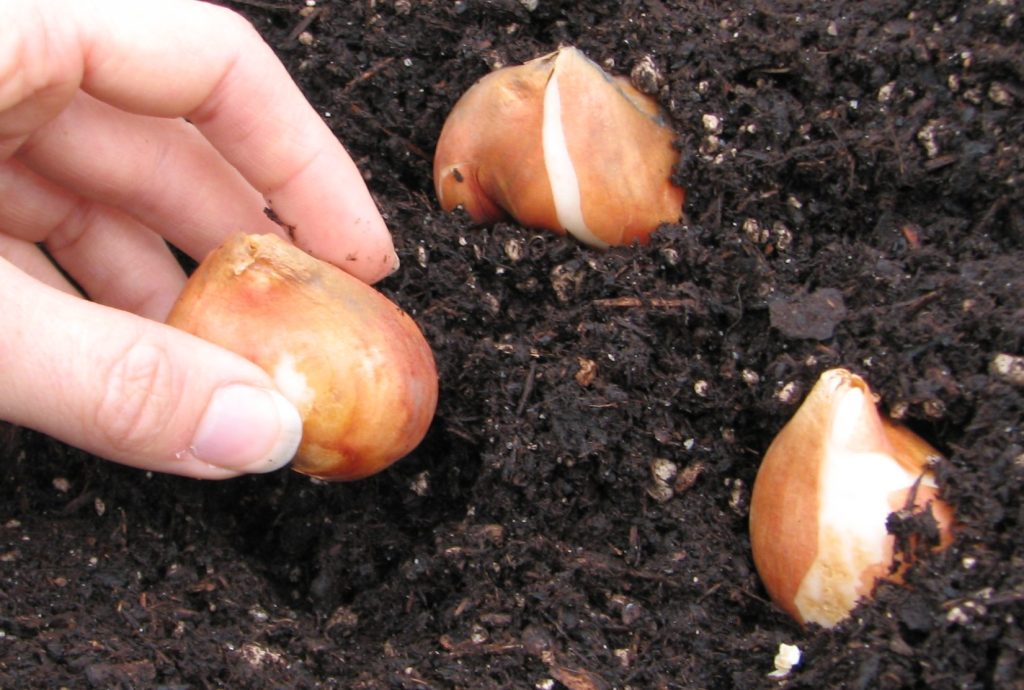
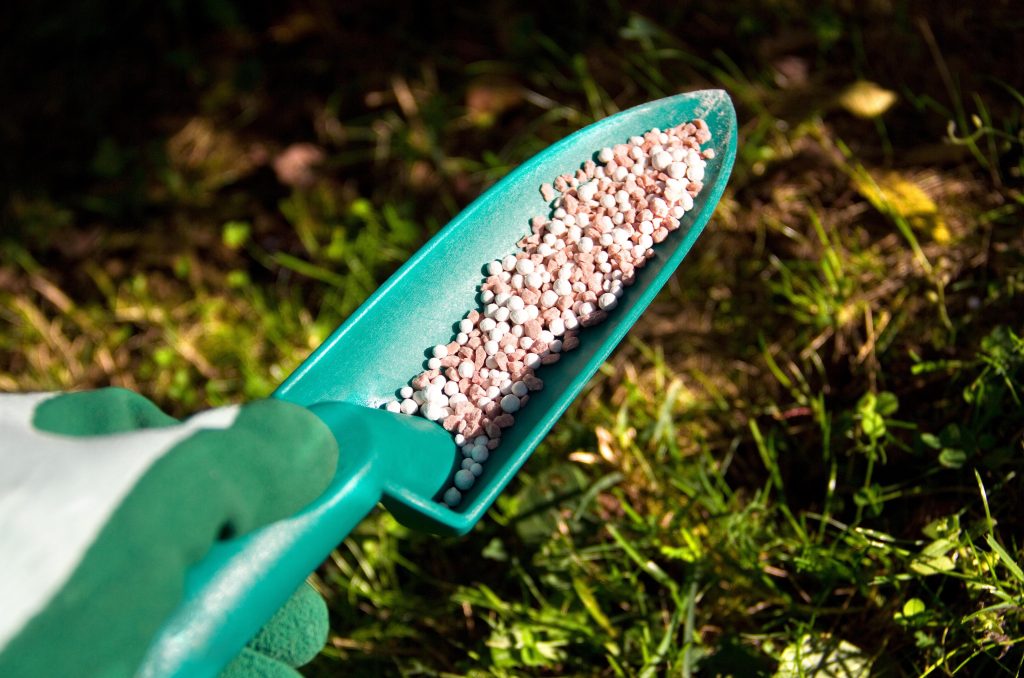
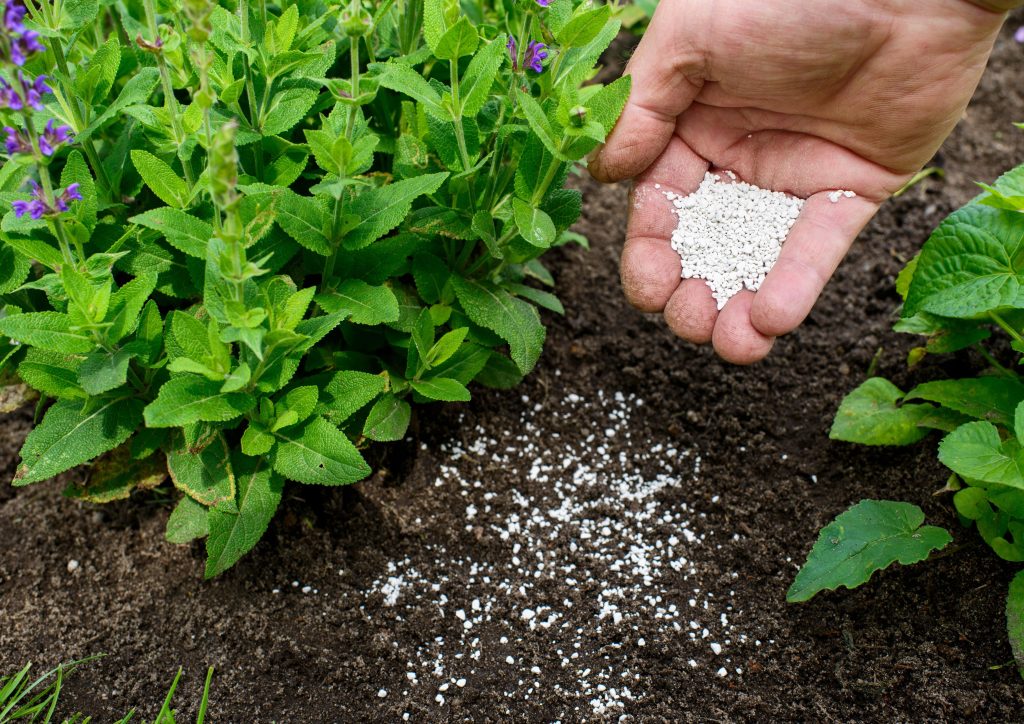

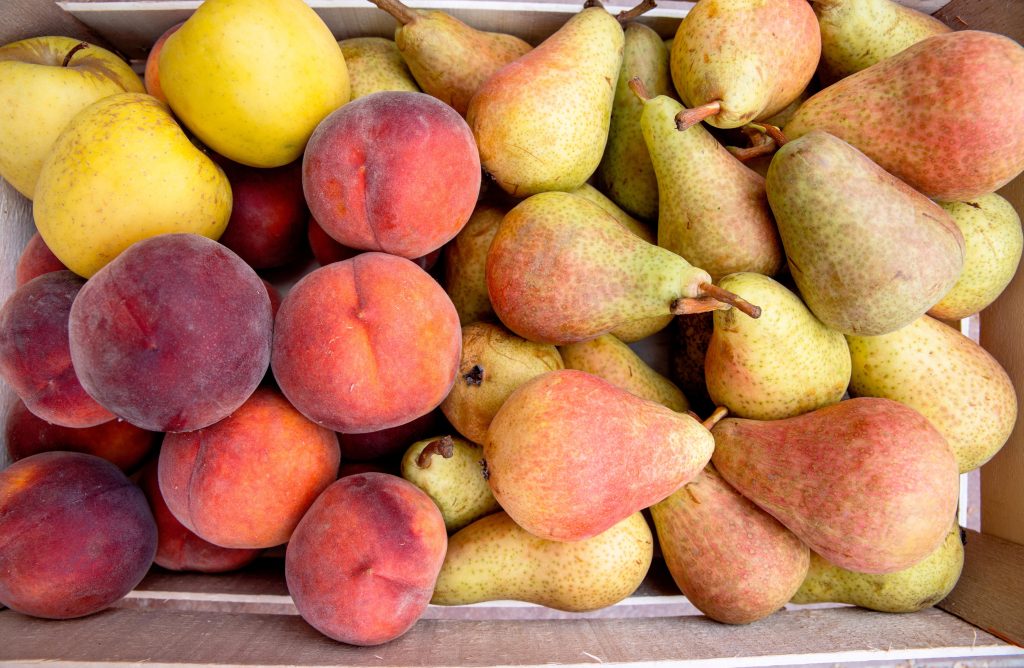

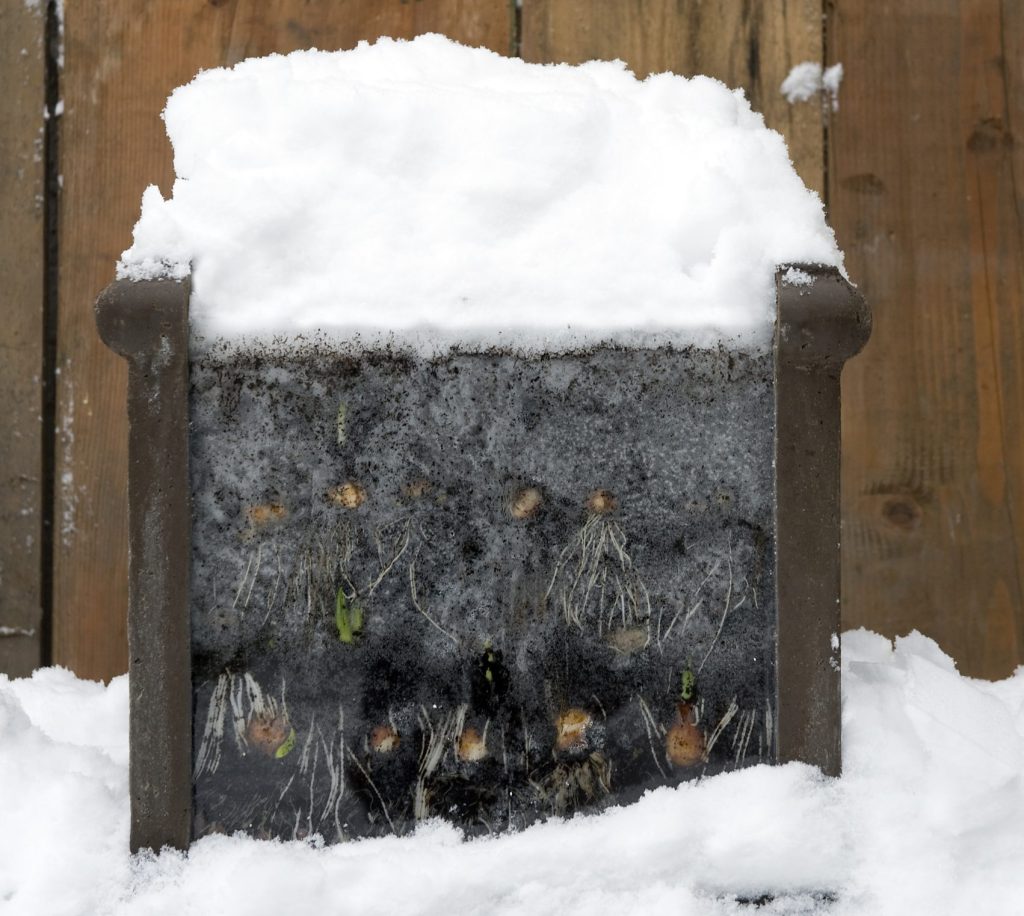
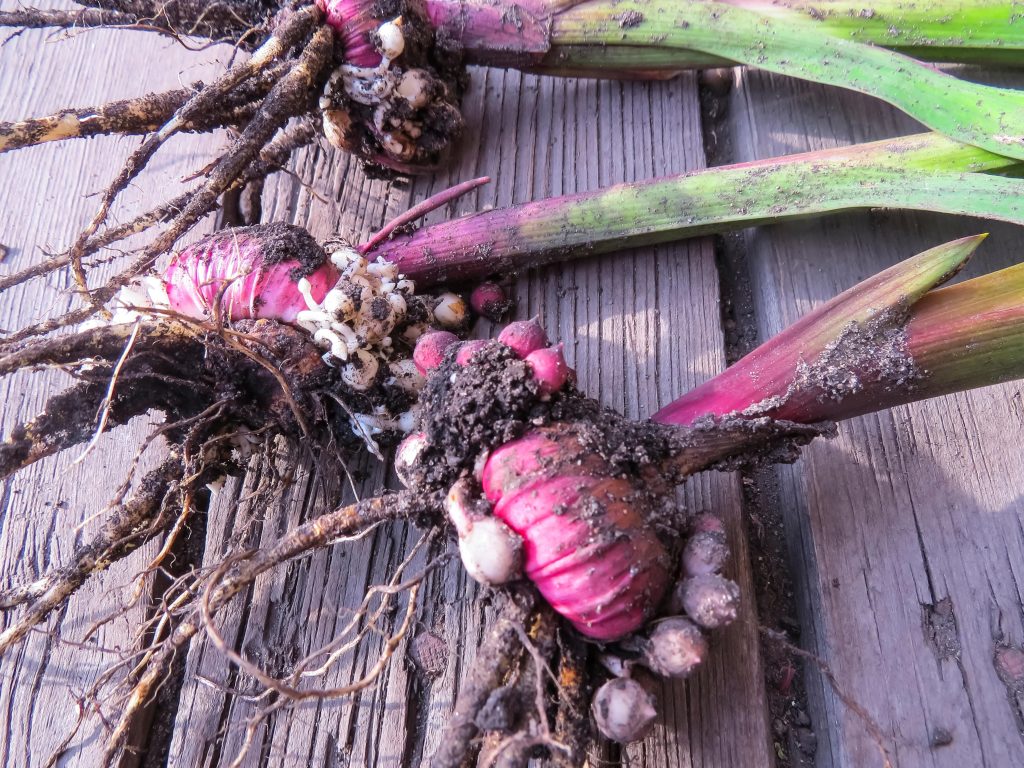
Lynn
You provide such excellent information for plants, bulbs, etc.
I have gardened fòr most of my life, however, I am amazed at the information you provide. Thank you.